I got a phone call at my home in Kodiak, Alaska in late March of 1989 from someone who I did not know. The person at the other end said they were a friend of a friend and needed information about shipwrecks. I had become known around town as “that shipwreck guy” because I spent so much time at the local library researching shipwrecks. The person on the phone said they were from the Alaska Department of Environmental Conservation and wanted to know if I could find any information about large shipwrecks in northern climates where a large quantity of oil had been introduced into the marine environment. They needed facts, figures and as much information as I could find about the consequences of disasters involving oil spills. The request was made with a sense of urgency that came across the line like a bad smell. I knew something was up and asked for an explanation. Apparently a supertanker named Exxon Valdez had run aground and there was the possibility of a large release of oil. Oil in the water from a fishing boat had already become an annoyance to those of us in commercial fishing. I had been involved in the fishing industry for almost two decades and had worked all over the state of Alaska. Lately we were being regulated and fined for a number of bad habits, not the least of which was spilling oil. Little did I know that the phone call from the ADEC would end my commercial fishing career in a way that I had not even imagined possible.
It was evening but the library was less than a block from my house, so I took down the man’s number and promised to have information later that evening. I got to the Holmes-Johnson Memorial Library just before Happy Hour at Tony’s, my favorite bar, which was also just down the street. At Tony’s, we were preparing for the Annual Pillar Mountain Classic and I was one of the organizers. It was a one hole par 70 golf tournament from sea level to mountain top a group of fellow fishermen had put together in 1985. I won it the first year.
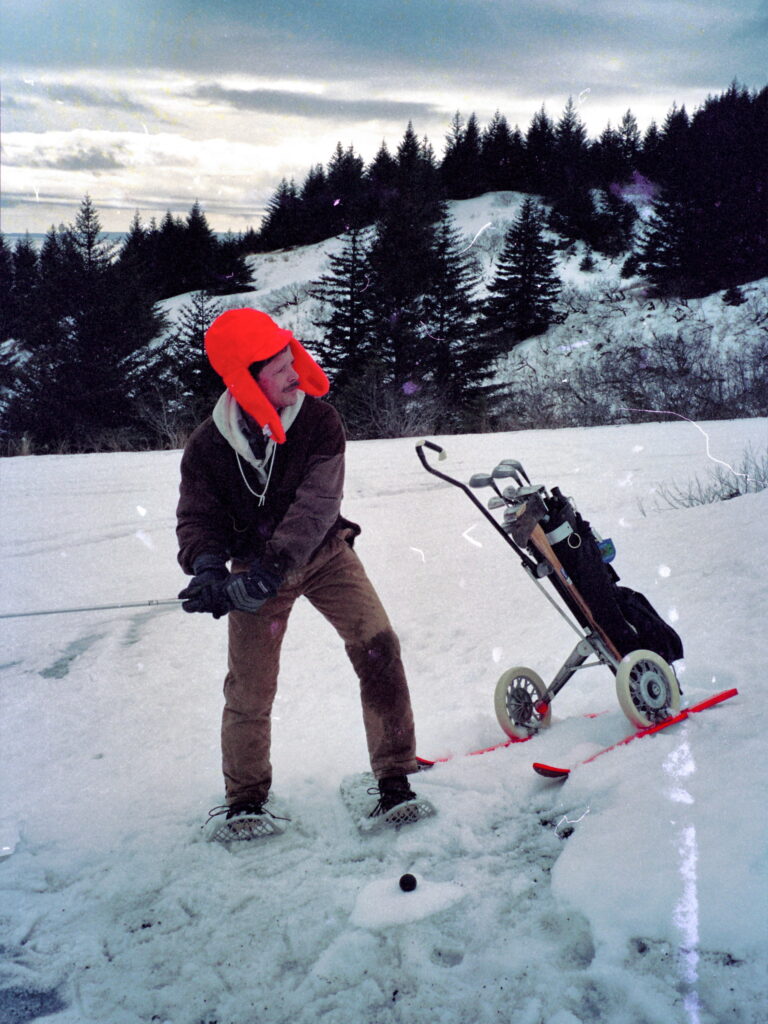
At the library I was able to find two significant oil spills that fit the request; the Amoco Cadiz of March 16, 1978 on the coast of France and the Tsesis of October 26, 1977 off of Sodertalje, Sweden in the northern Baltic. I looked over the information and checked out the books where the articles appeared. I made my Pillar Mountain Golf meeting a little late but nothing could keep me from playing in the Tournament. I was a one time champion and had to defend my honor.
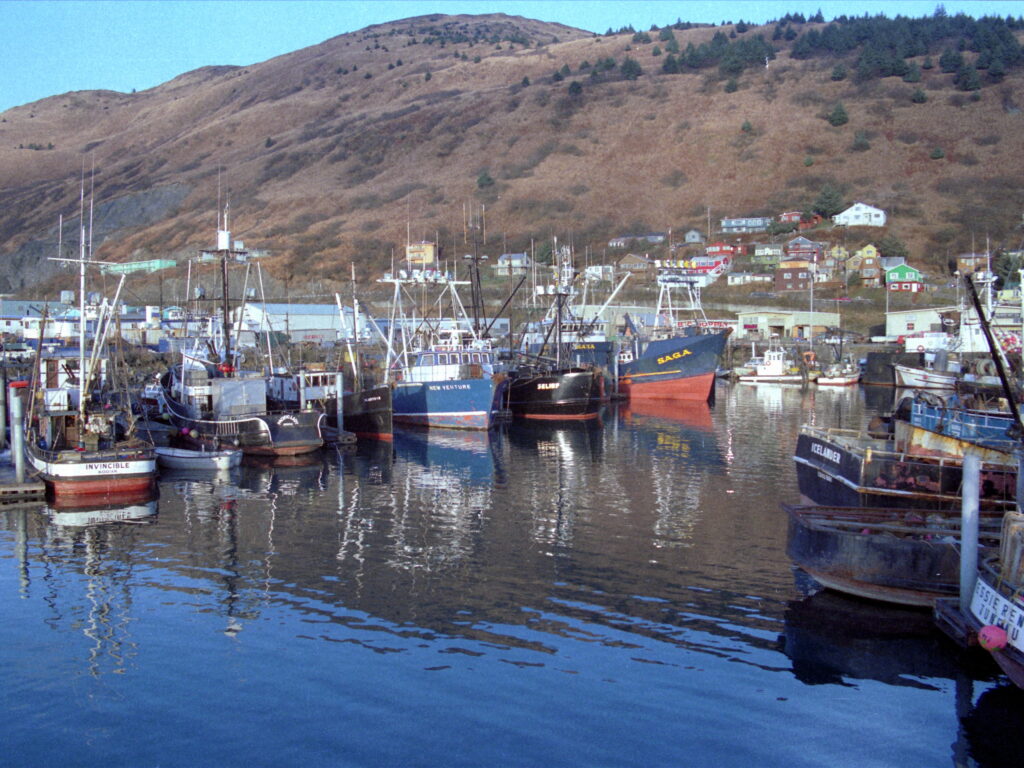
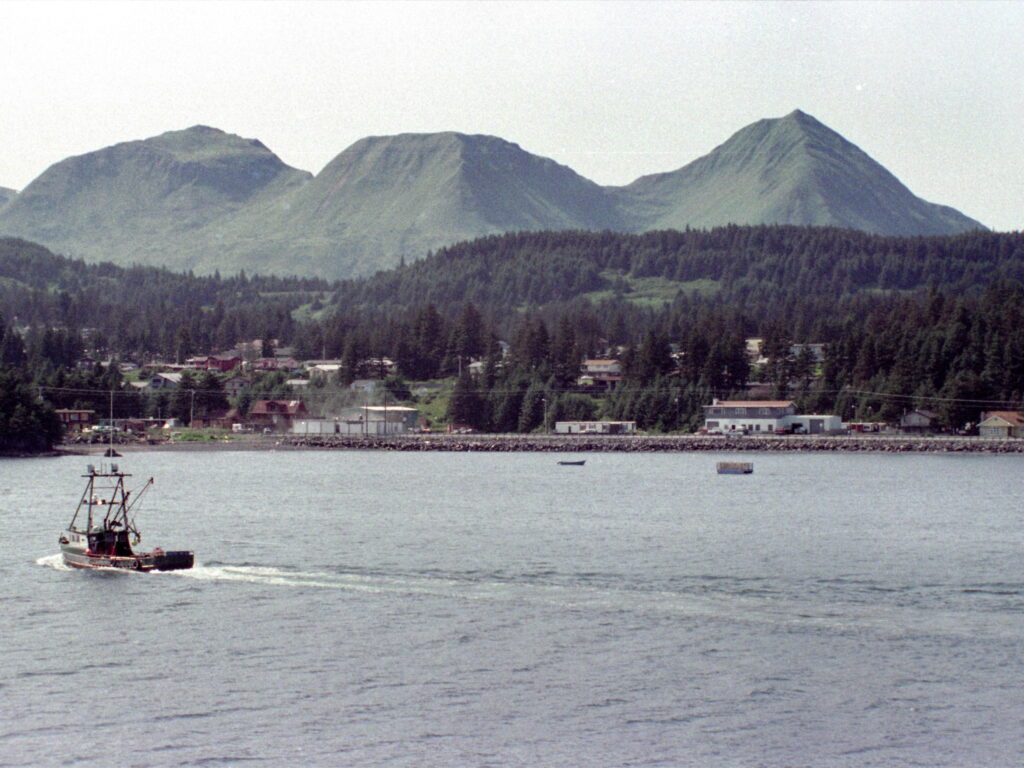
Not realizing that the event in Prince William Sound would have an effect on Kodiak and my life, I went on about my business that day in late March. The golf tournament was only a day or two away and that was at the forefront of my activities list. Those of us who participated in the golf had been practicing for weeks. The flag and cup (a five gallon bucket) had been placed at the top of Pillar Mountain and the sign up sheet was full of golfers, team members and sponsors names.


Not realizing that oil was gushing out of the hull of the supertanker Exxon Valdez up in Prince William Sound, most of us in Kodiak went about our usual business. My day consisted of practicing to play golf up a mountain, doing shipwreck research at the library and looking for work in the up and coming herring season. I had a good lead on a Prince William Sound herring job and was looking forward to getting back up to that area.
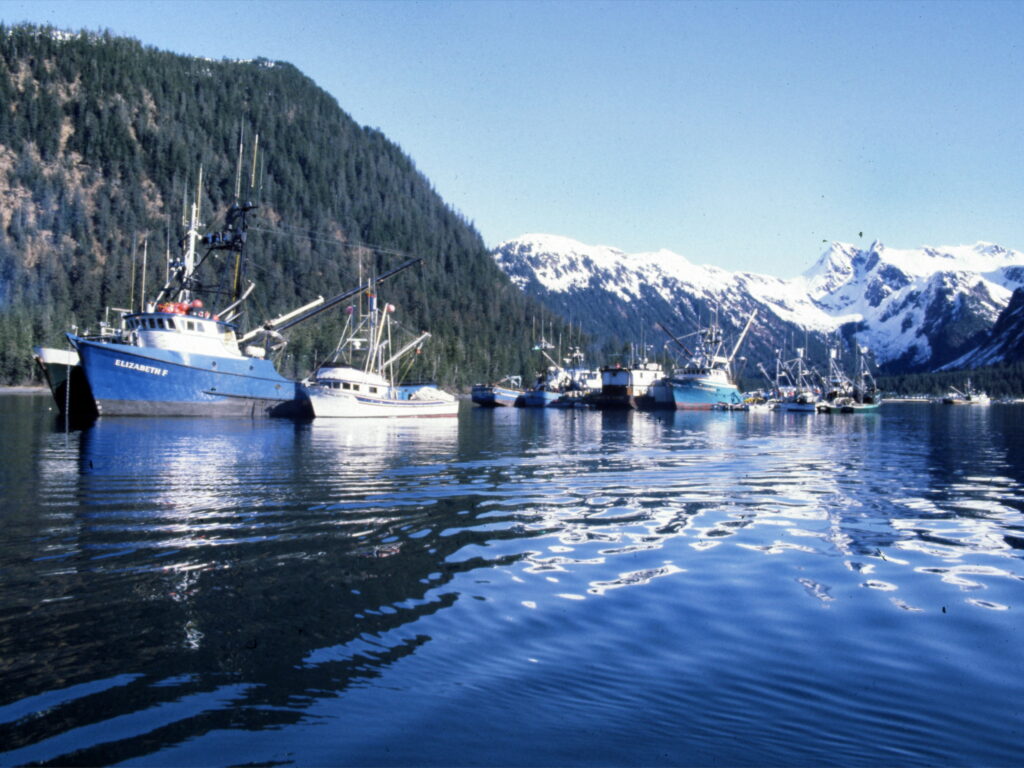
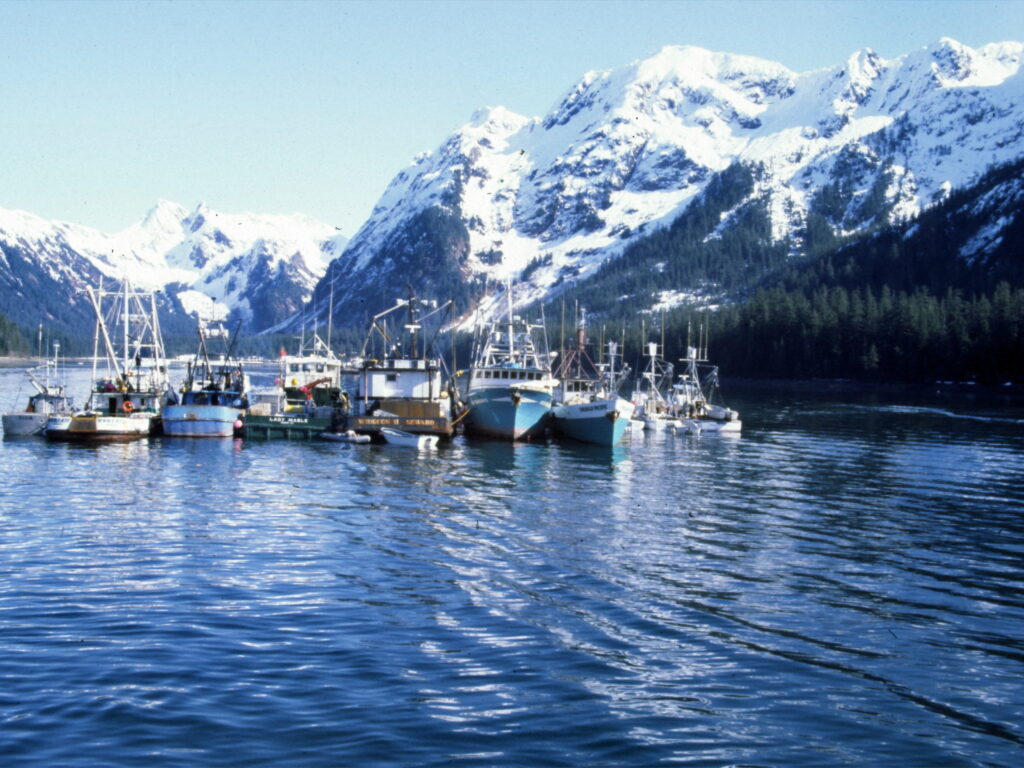
We teed off the golf tournament the morning of Saturday March 25, 1989. There were rumors circulating of terrible things that might be happening in Prince William Sound with the tanker that was on Bligh Reef. None of us paid much attention as we tackled the one hole par 70 challenge ahead of us. I was somewhat concerned about my potential job tendering herring but my options for employment had broadened considerably in recent months. I had gotten a Master Captain’s License and could now legally haul passengers for money. That did not help my golf game.
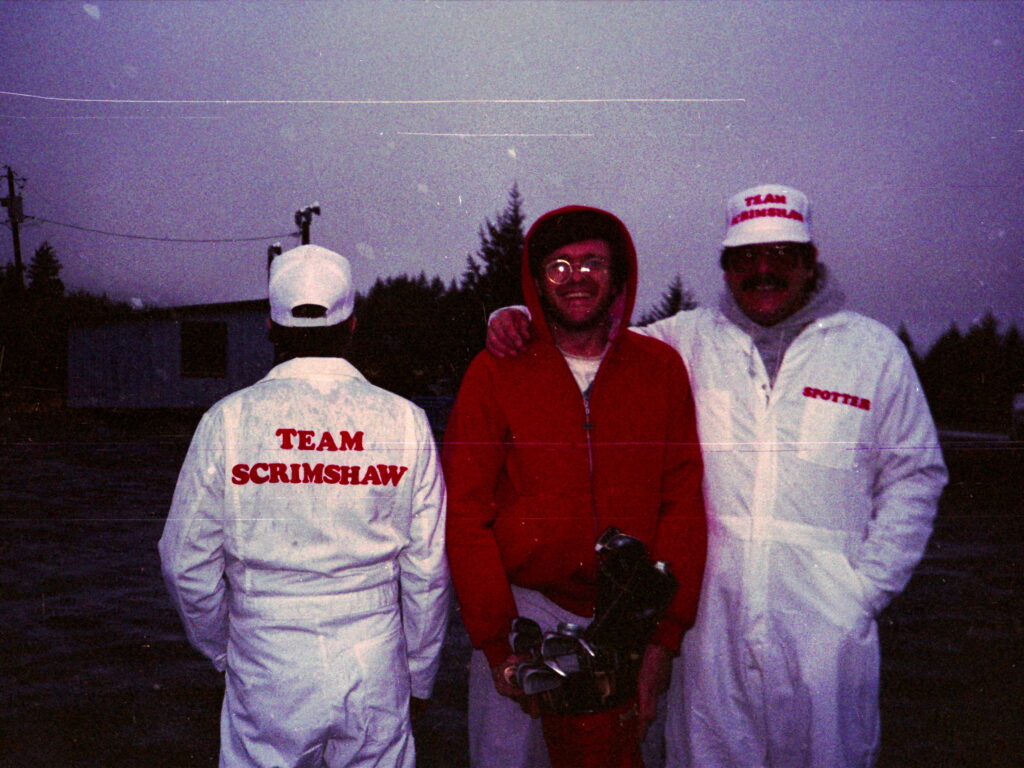
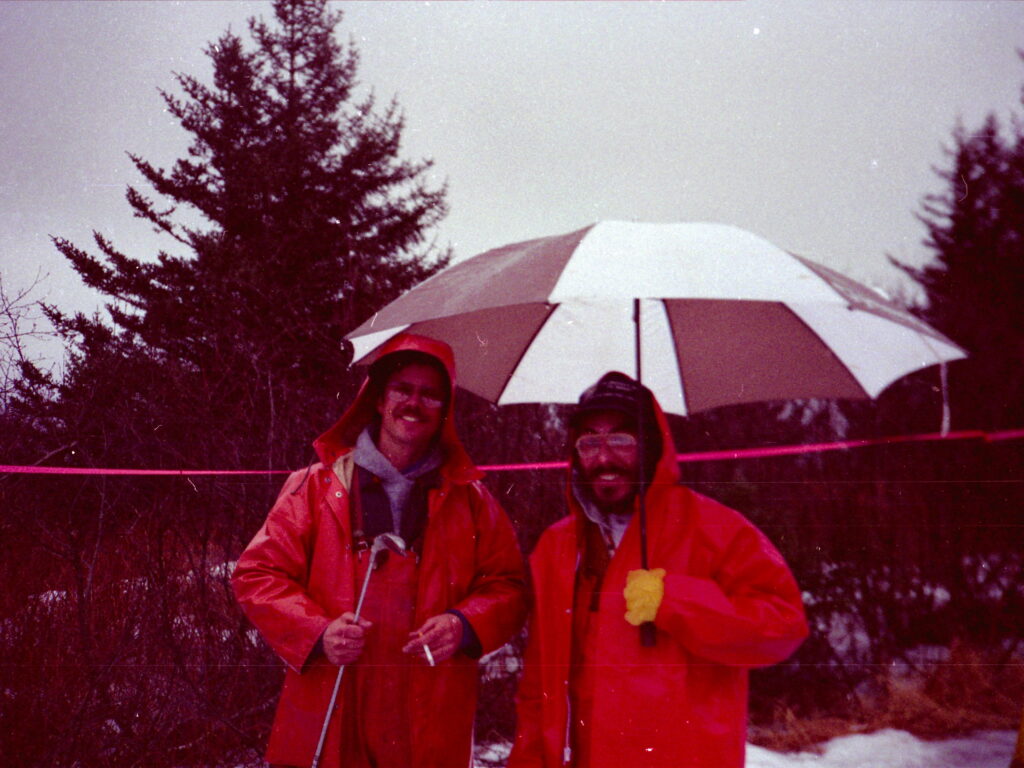
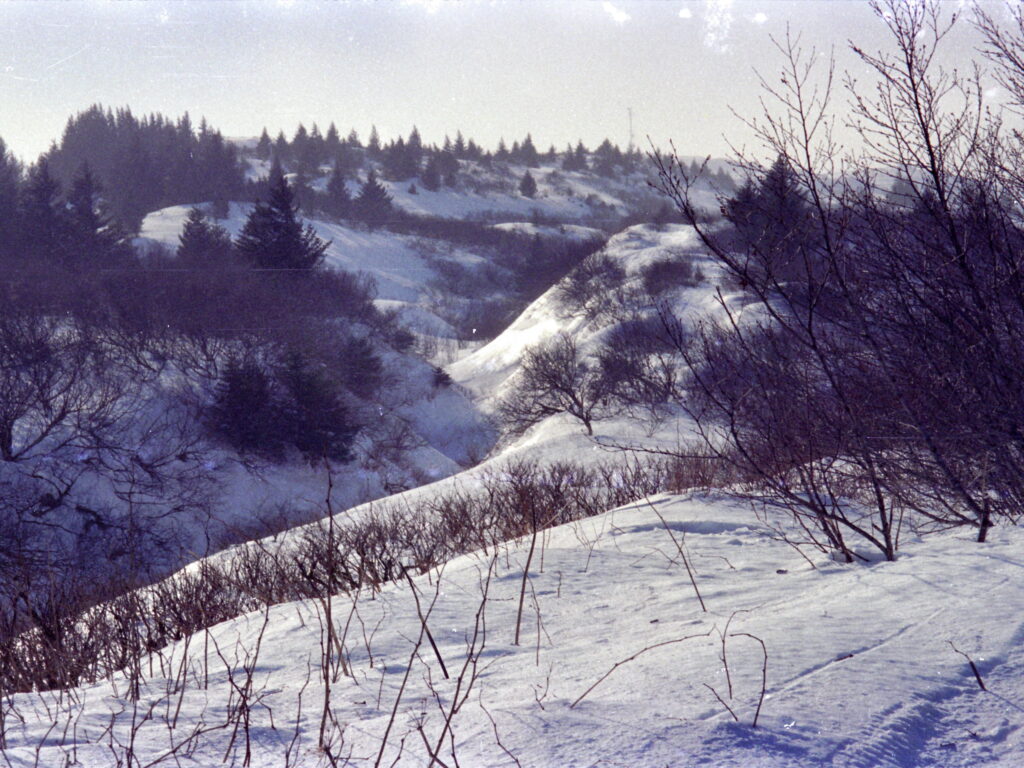

The Pillar Mountain Classic was originally a bar bet between fishermen and fisherwomen but had evolved into a charity drive. The primary recipients of all funds were a scholarship at the Kodiak High School and blankets for the hypothermia ward at the local hospital. It was a two day event with the second day qualifiers playing from the halfway point up the mountain.
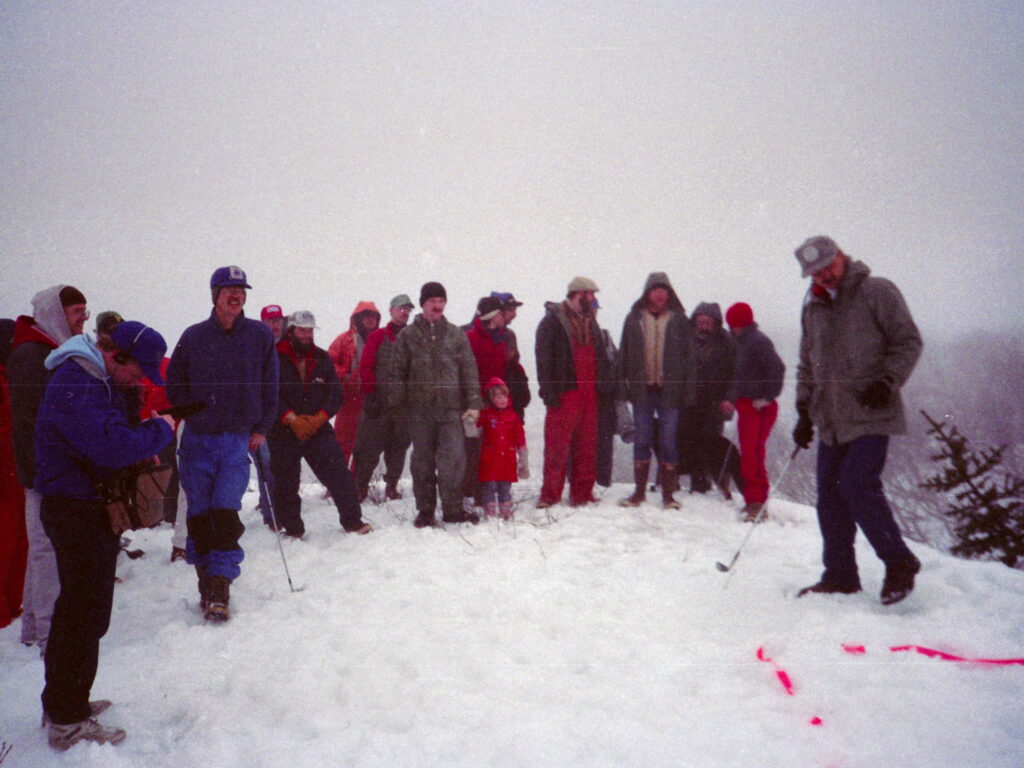
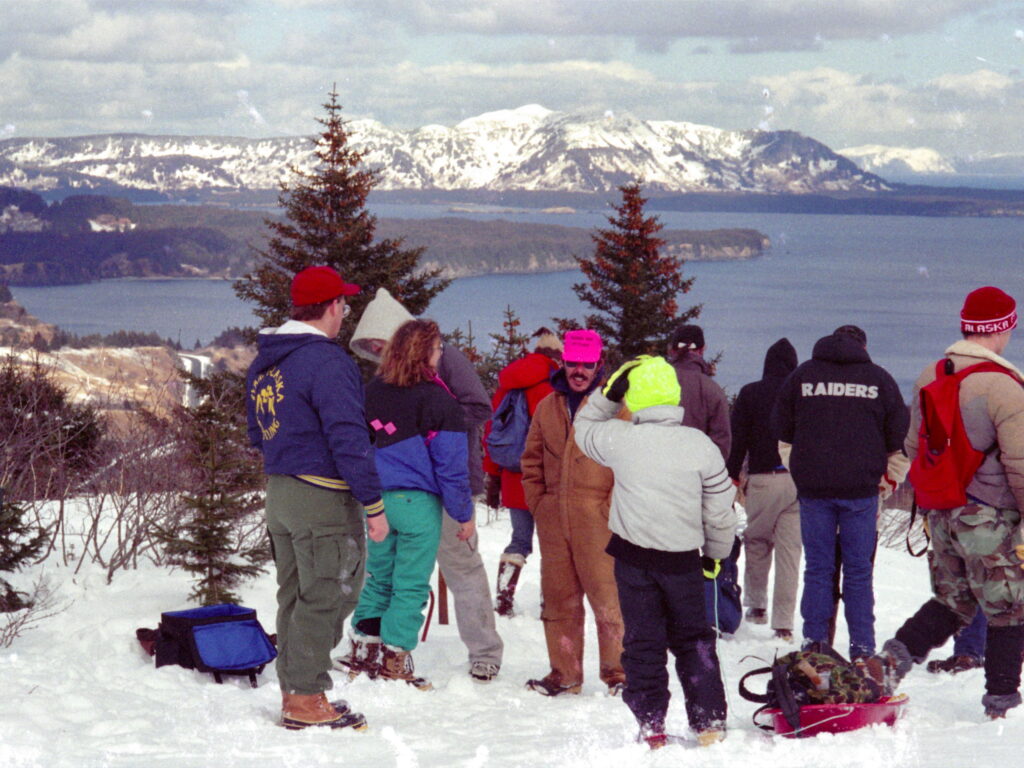
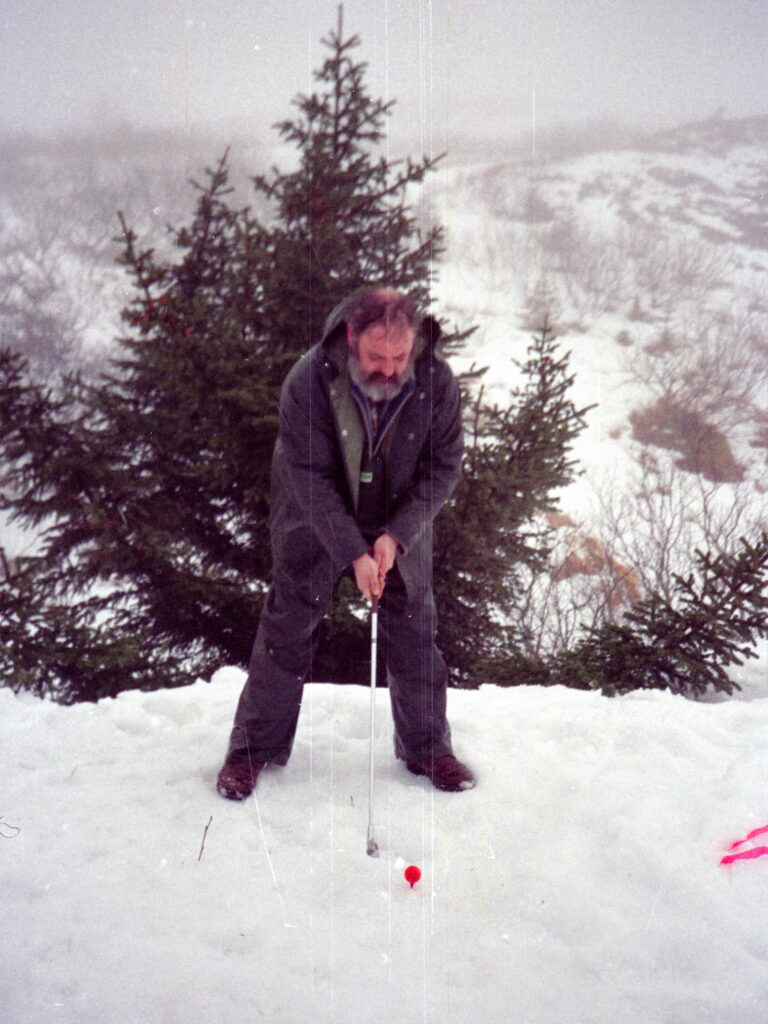

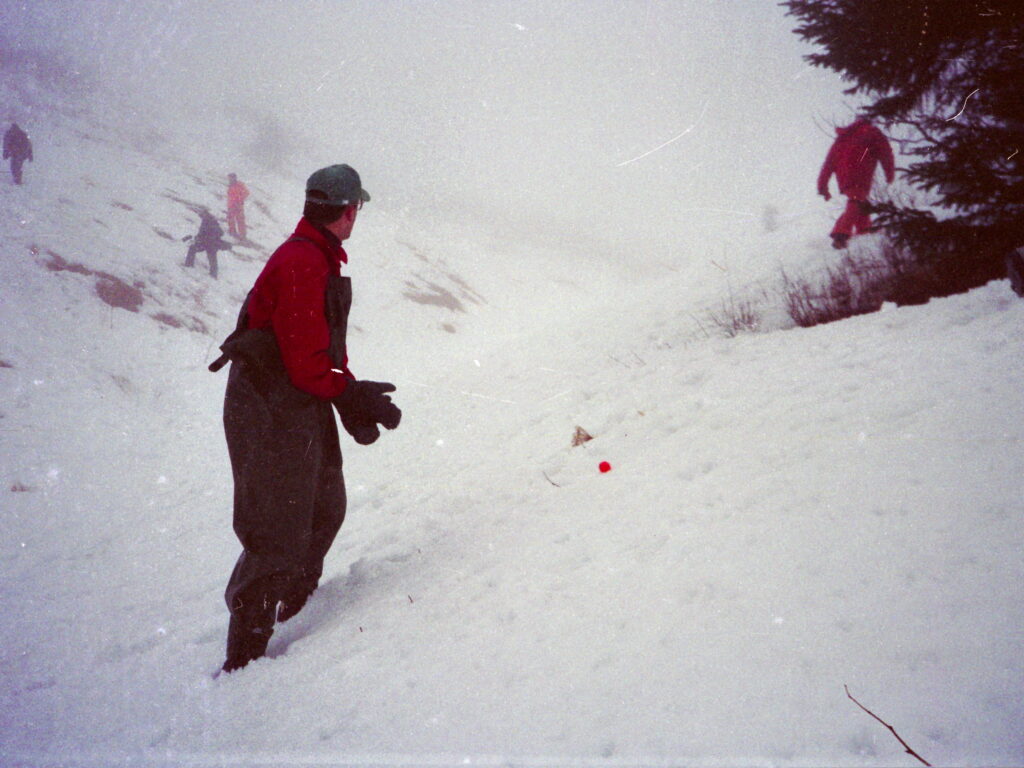

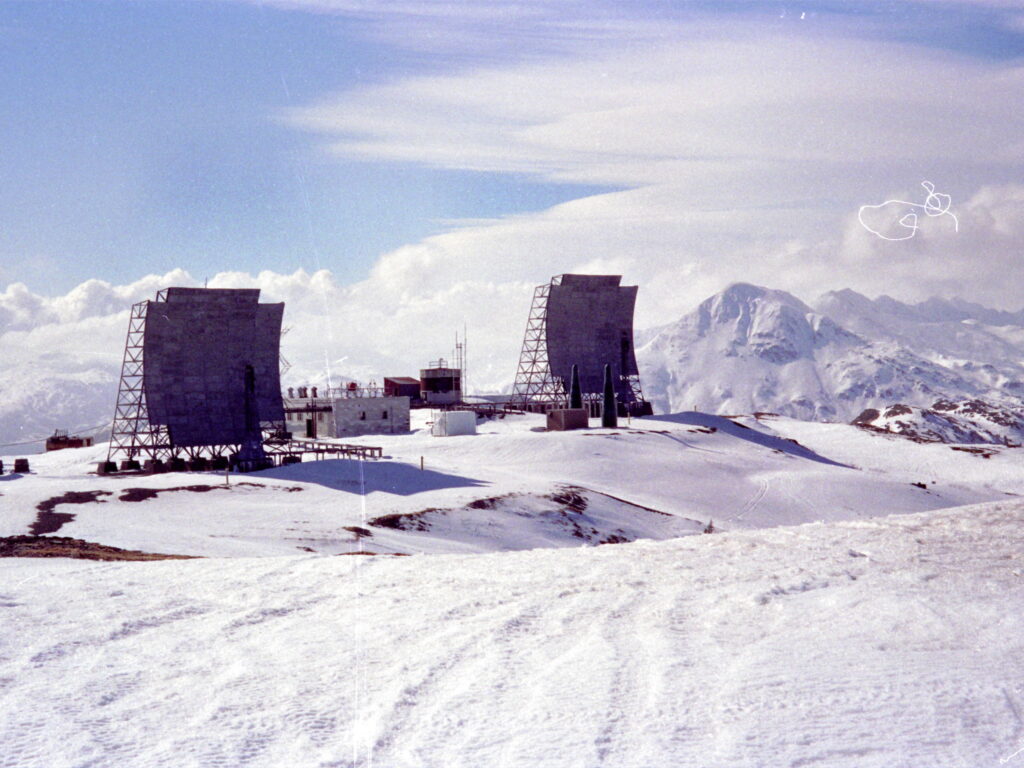
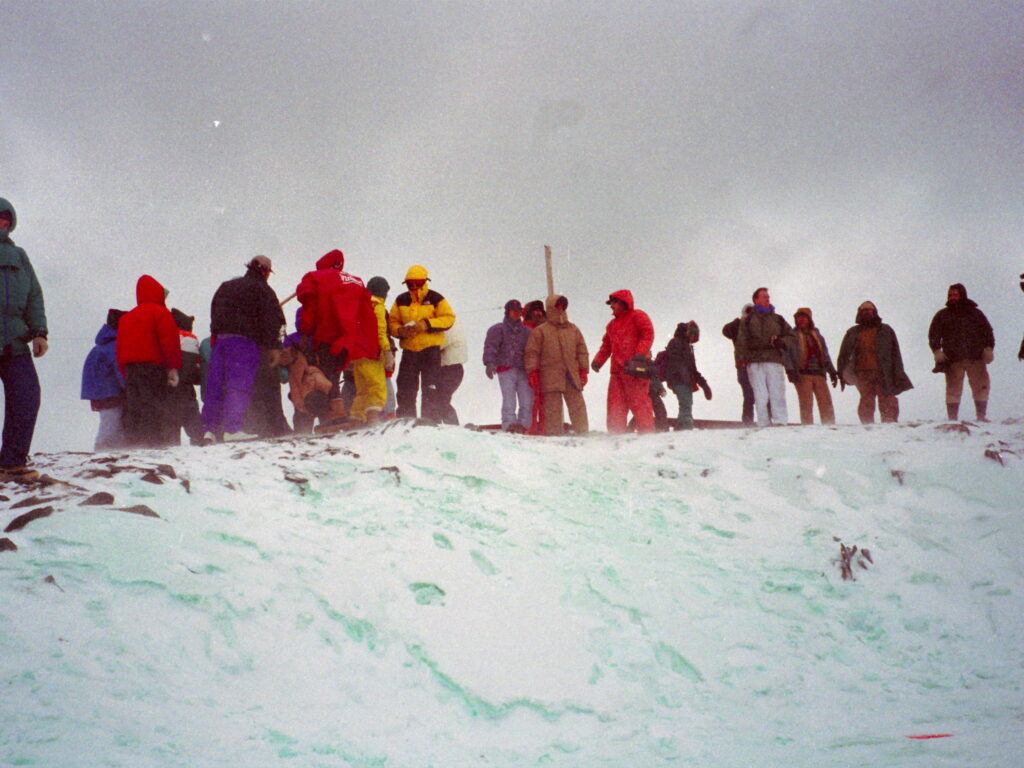
When all was said and done in our charity drive golf tournament that evening of March 26, 1989 all attention immediately shifted to what was happening to the north in the gulf of Alaska. The oil had begun moving out of Prince William Sound and into the Gulf of Alaska. There were alarmists who claimed it could find its way all the way down to the Kodiak Island archipelago. Most of us thought that was absurd. Little did we know that with each outgoing tide hundreds of thousands of gallons of crude oil was seeping out of the sound into the Alaska Stream Current. That current flowed counter clockwise around the Gulf of Alaska. From Prince William Sound it flowed south and west past Seward, the Kenai Peninsula, past Kodiak Island and on down the Alaska Peninsula toward the Aleutian Chain. In 1989, there was very little information available about the currents around Alaska. The fishermen knew but serious studies were not conducted and published until years later.


It wasn’t until several days after the tournament that what was happening in Prince William Sound began to sink in. On the 30th the oil had begun to arrive in the Seward area. It was the closest population center and now things got loud. Most of the headlines in the papers were all capital letters. President Bush was making alarming statements as was Governor Cowper. The spill was said to have reached 500 square miles and contained 10.1 million gallons of oil. Vessels and crews had been sent to Port Saint Juan, Eshamy Bay and Main Bay to attempt to save the salmon fingerlings at the hatcheries in those bays. The loss to the fishing community was already estimated to be 150 million.
The people of Kodiak and other communities in the area were beyond concerned. Like wild horses penned in a coral with a thunderstorm moving in, they were unsettled to say the least. Something had to be done if this tragedy was evolving. Local fisheries were going to be damaged if only because they were shut down. Those who could loaded up on fuel and rations and headed out the the hatcheries around Kodiak Island to assist in setting up some kind of barriers to protect the fry and fingerling salmon. Those tiny fish represented years of effort and the future of area salmon runs.
I got stuck in Kodiak with a toothache and subsequent dentist appointment. That turned out to be fortuitous. My dentist owned a 50 foot charter boat he wasn’t using and I had a new Master Captain’s license begging to be put to good use. Once he eliminated my dental problems we sat down and discussed how we could put together a plan to help in the unfolding disaster. We solicited the assistance of an attorney to draw up a contract between the two of us. While that was in the works, I was called upon by a local company, Brechan Enterprises, that owned the fishing vessel Walter N which I had worked on several times before. I was asked to fly out the the Kitoi Bay Hatchery where the Walter N was anchored. Brechan had sent the vessel and her crew to assist in the construction of a large log boom across the entrance to the bay where Kitoi Bay Hatchery was located.
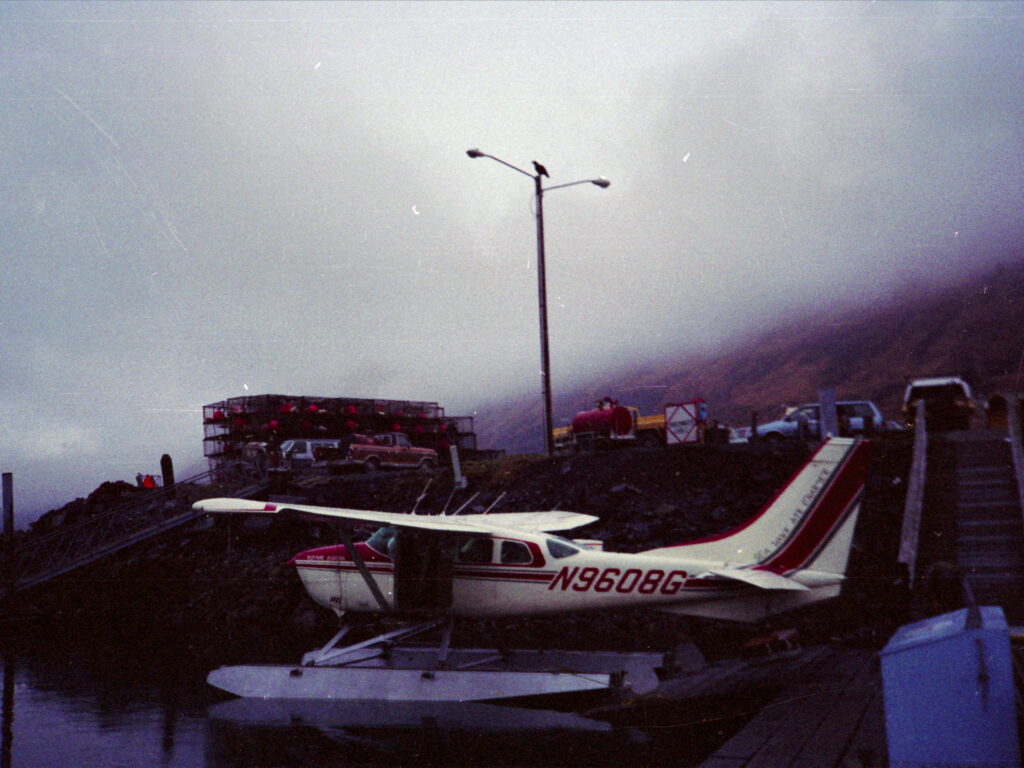
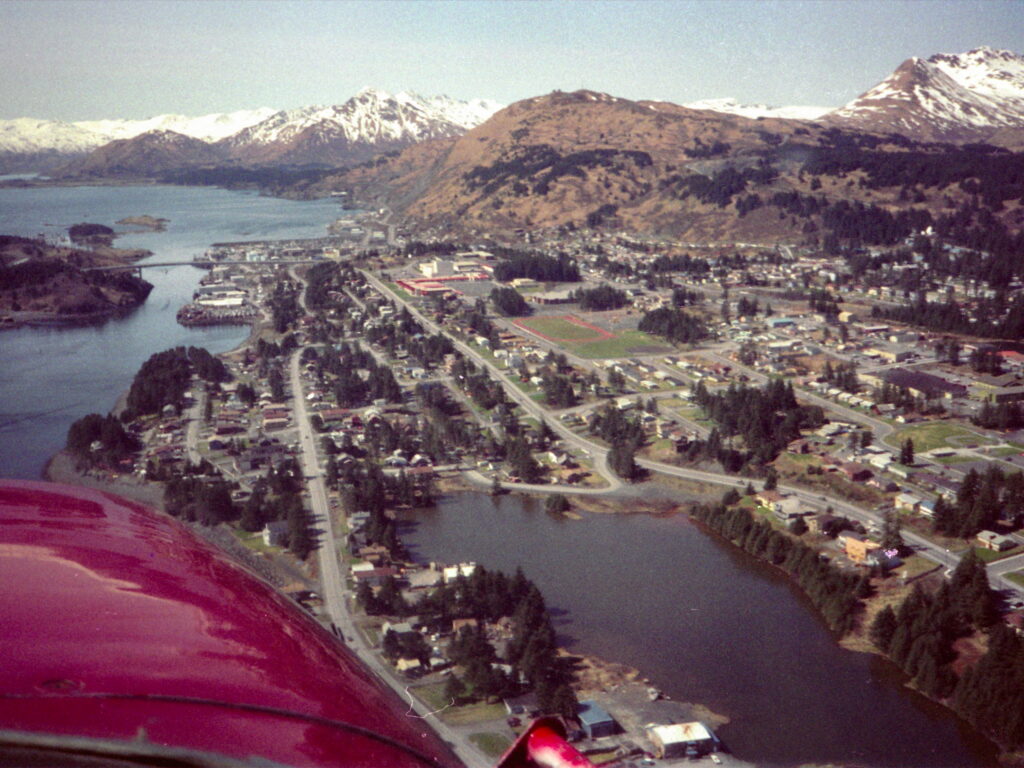
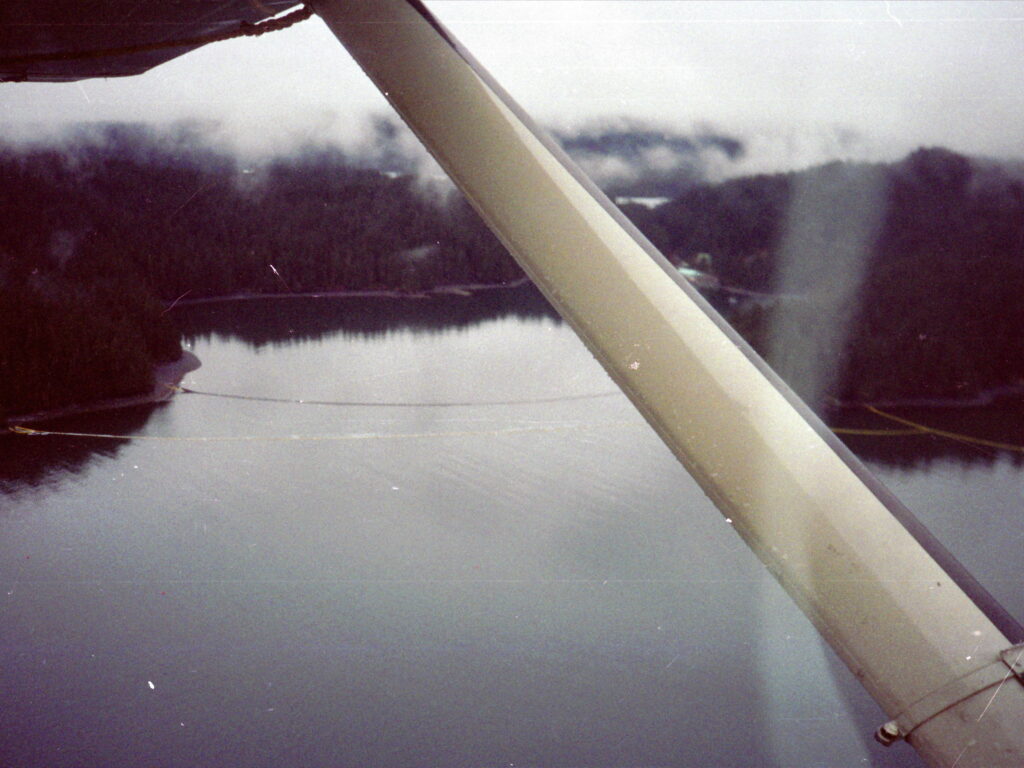
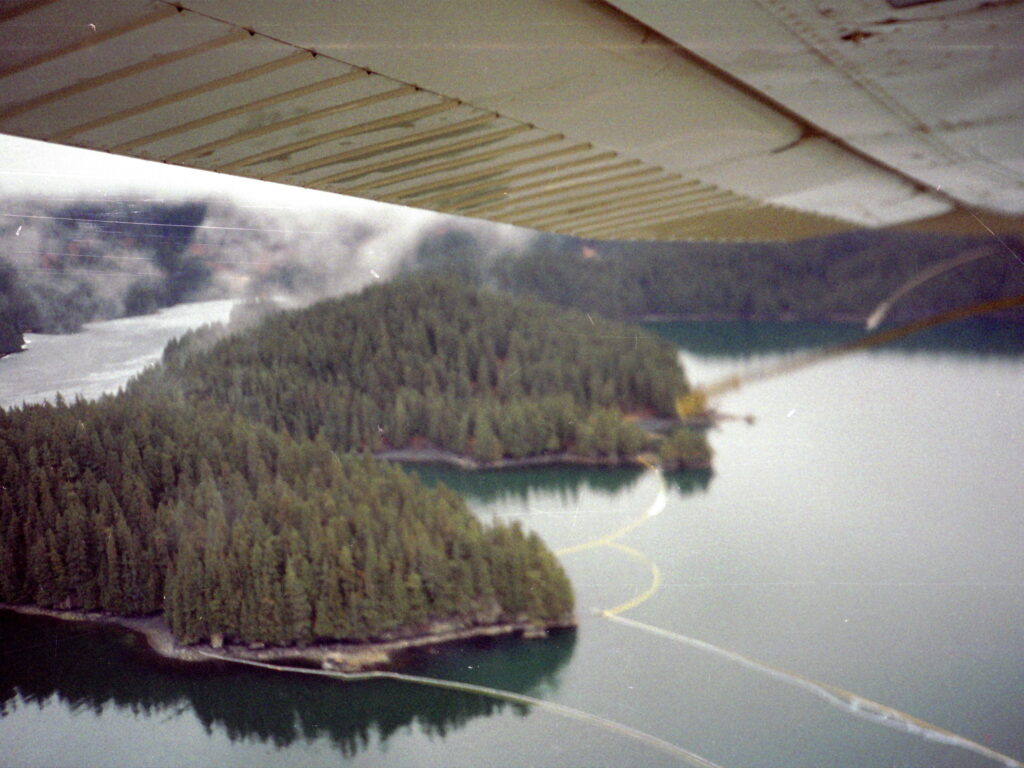


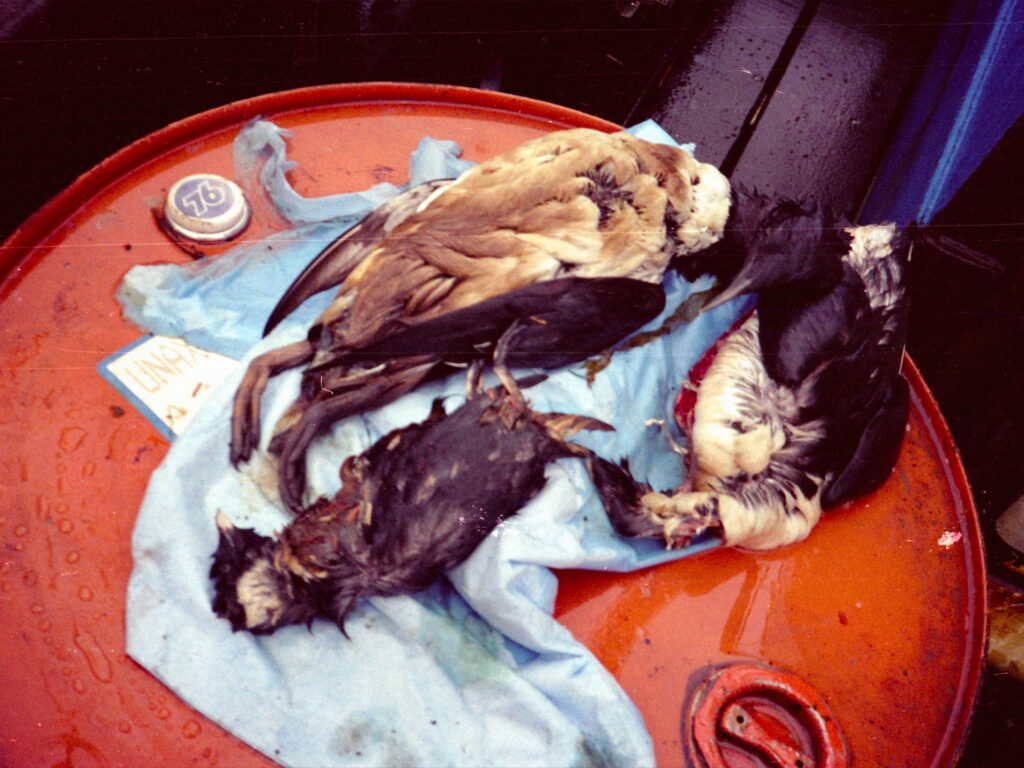

I only stayed at Kitoi Bay for a week so that the captain of the Walter N could return to Kodiak on business. On my second day I was introduced to the activities of those who were attempting to protect the salmon hatchery. They had set up two primary defenses across the mouth of Kitoi Bay. The outer defense consisted of a string of bright yellow or orange oil boom that stretched all the way from headland to headland across the bay. Attached to the full length of this was a white oil absorbent boom meant to snag as much of what was coming in as possible.
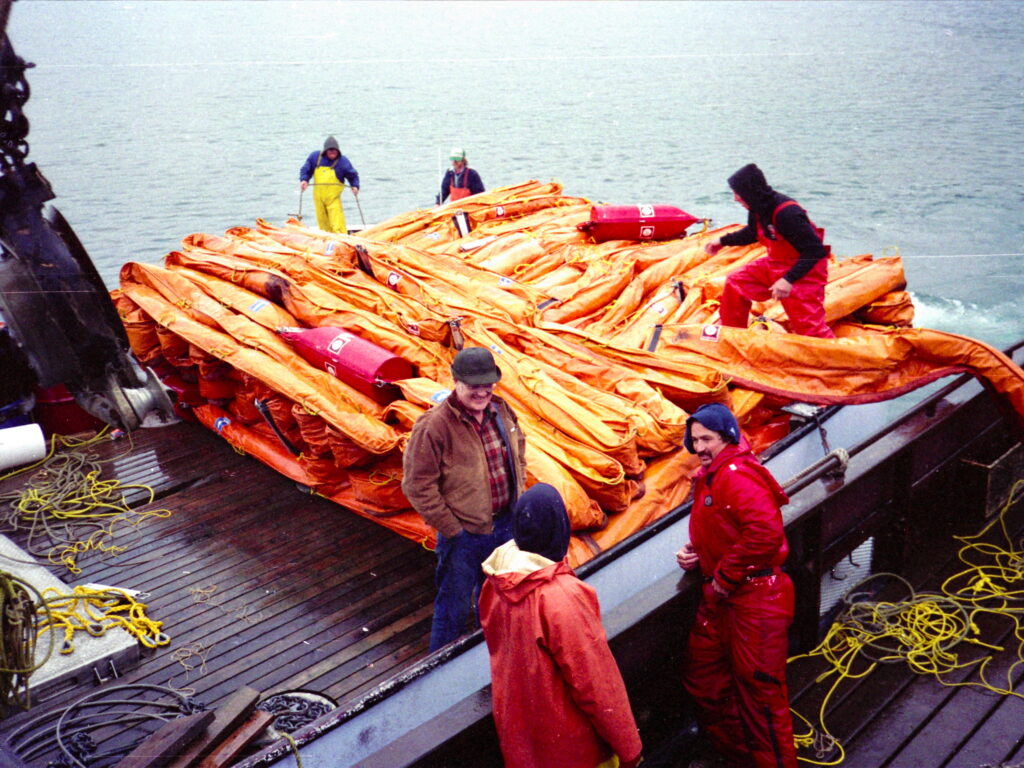

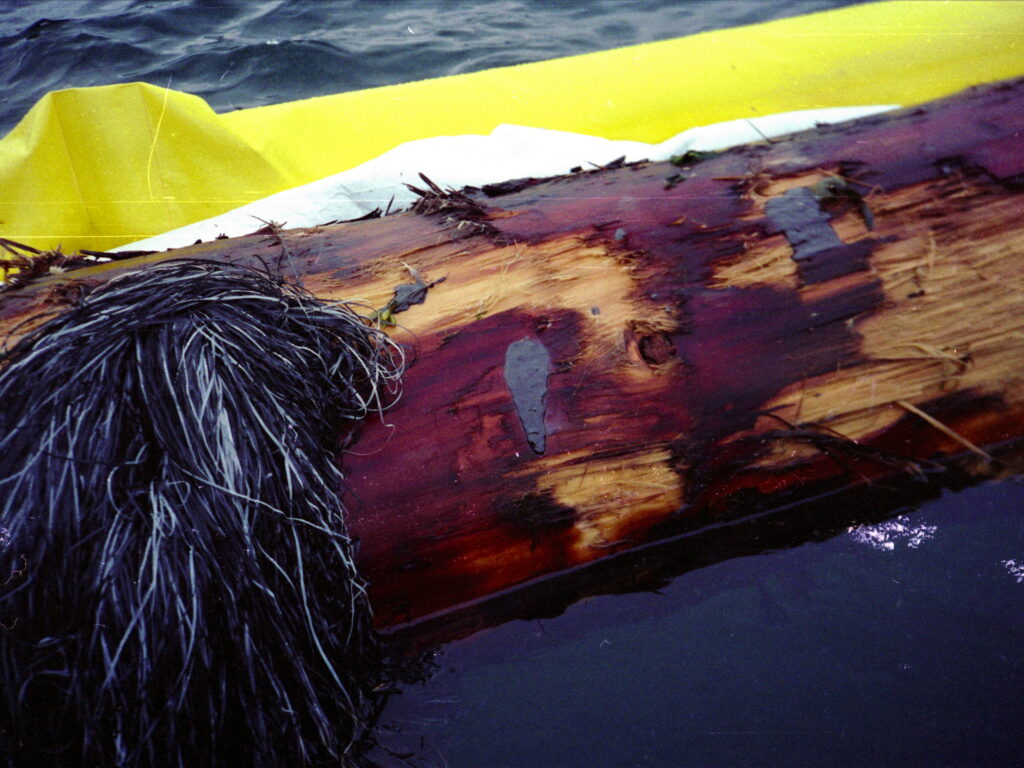
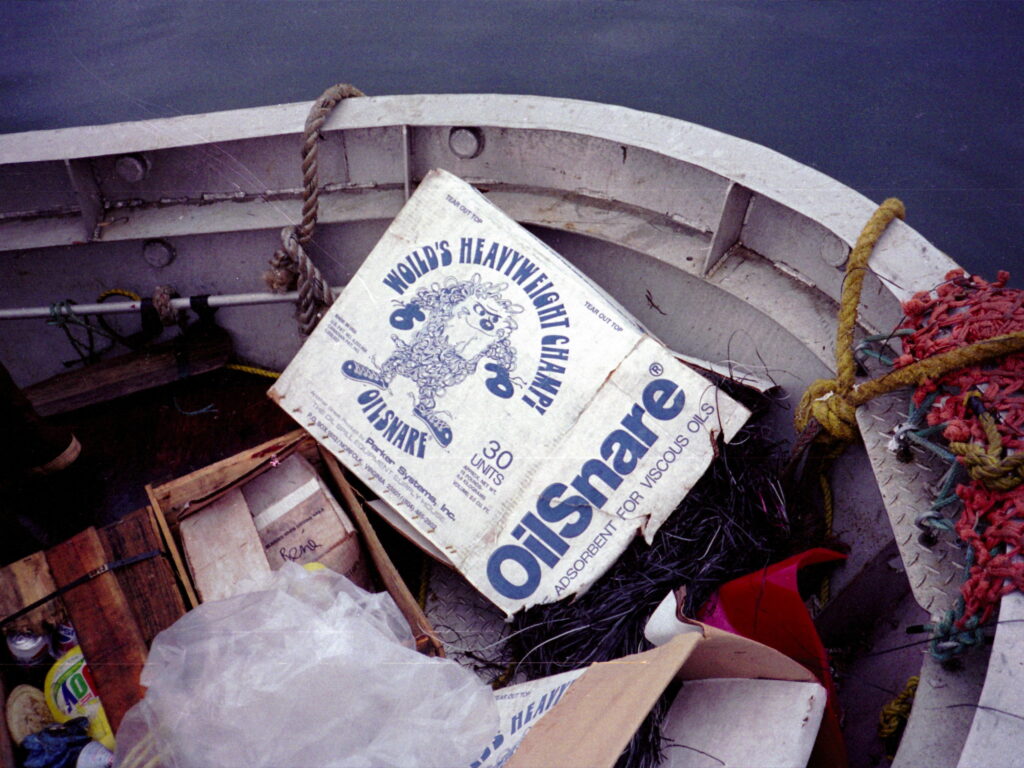

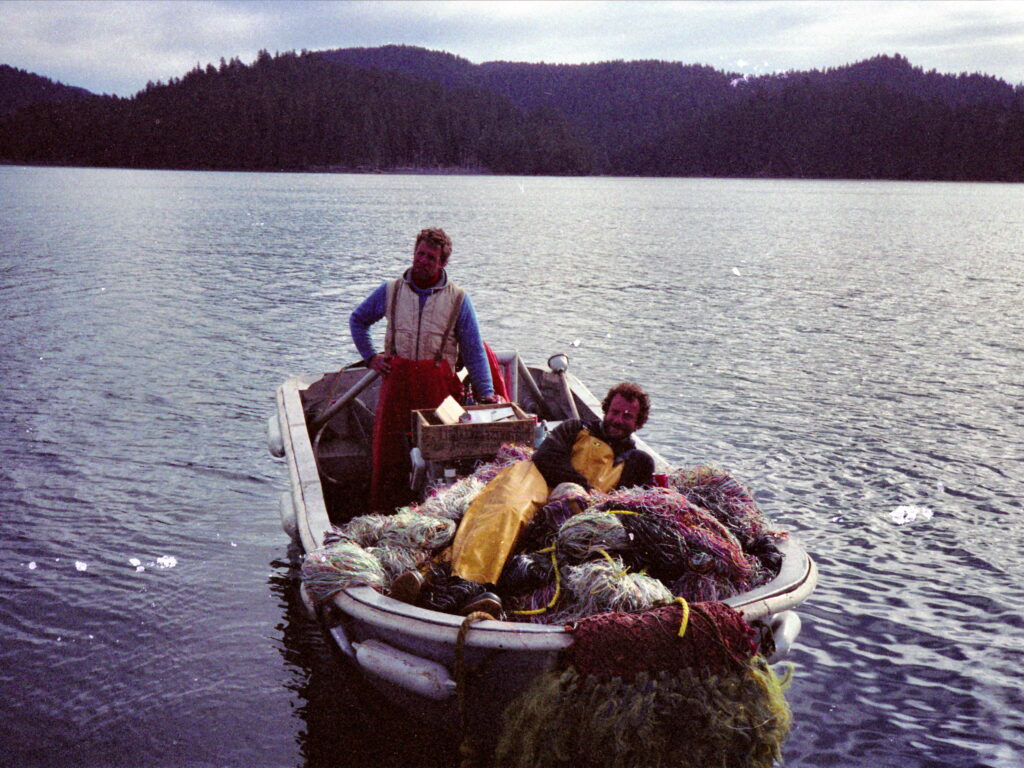
In addition to the oil snaring pom-poms, old salmon seines were draped over the log boom to hang down into the water column where it had been noted some tar balls were diving under the barricade as larger waves passed. The work was difficult and frustrating because there was no playbook to go by. We used whatever we could find to try to stop that oil from coming into the area of the fish hatchery.
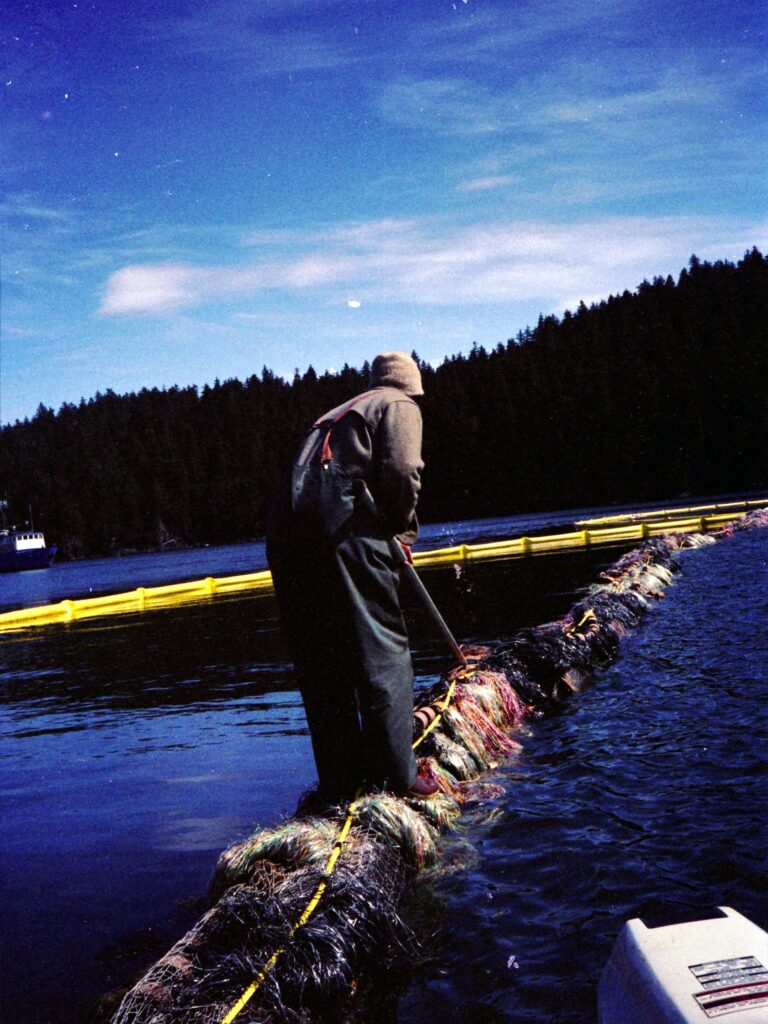
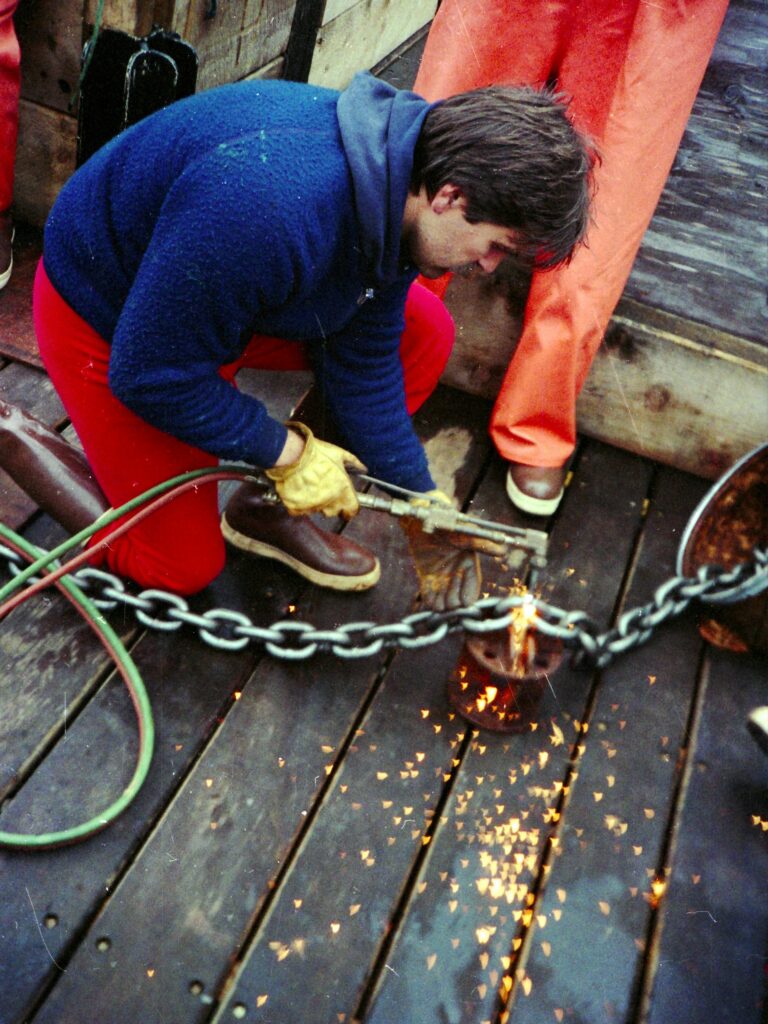

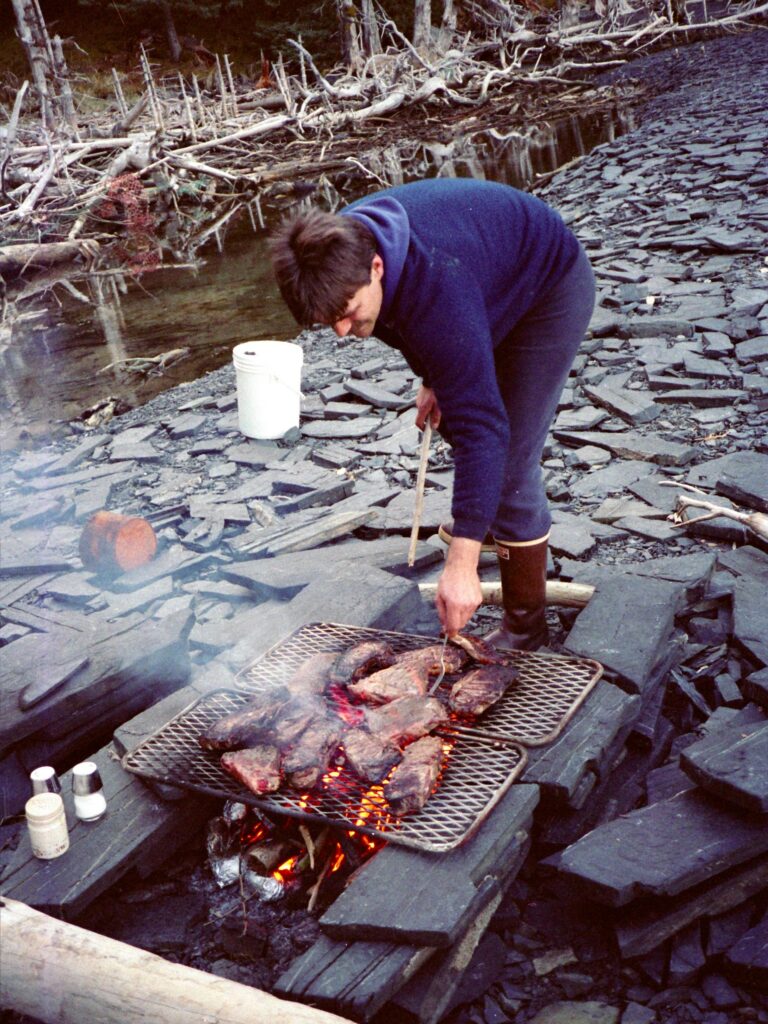
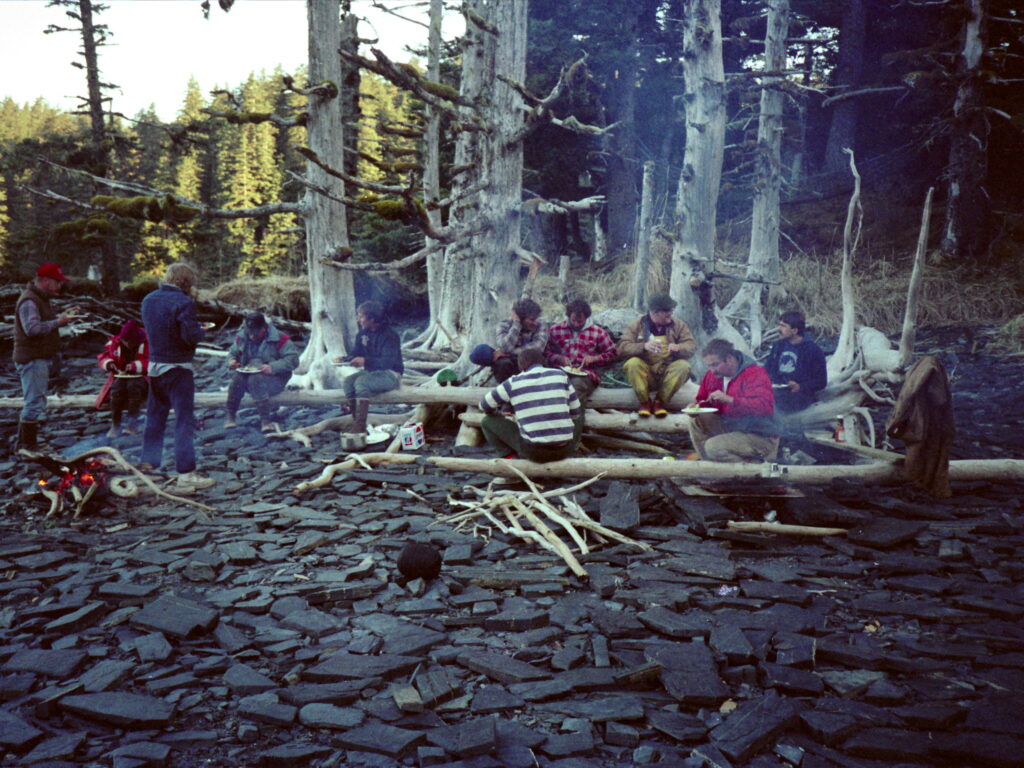


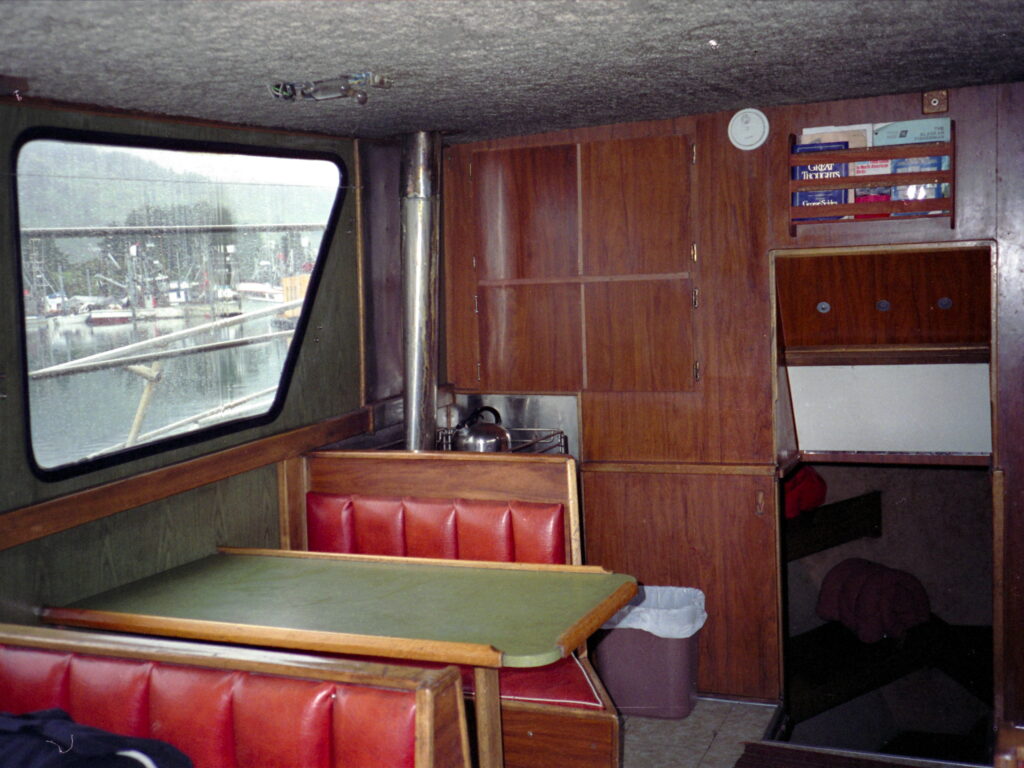

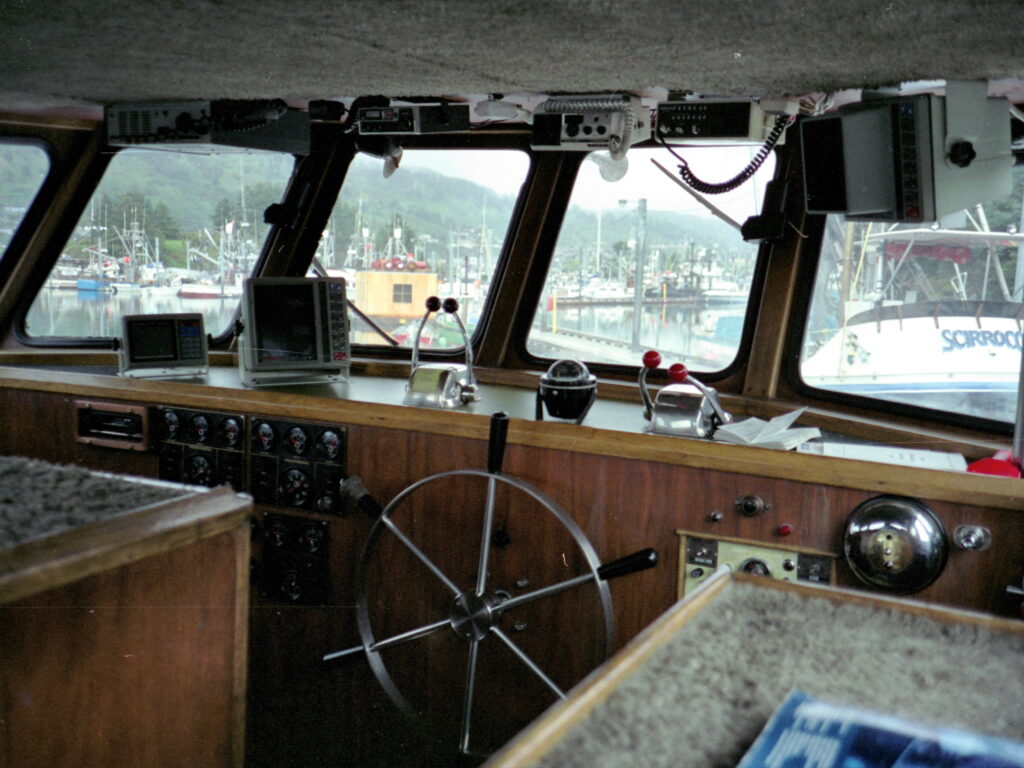
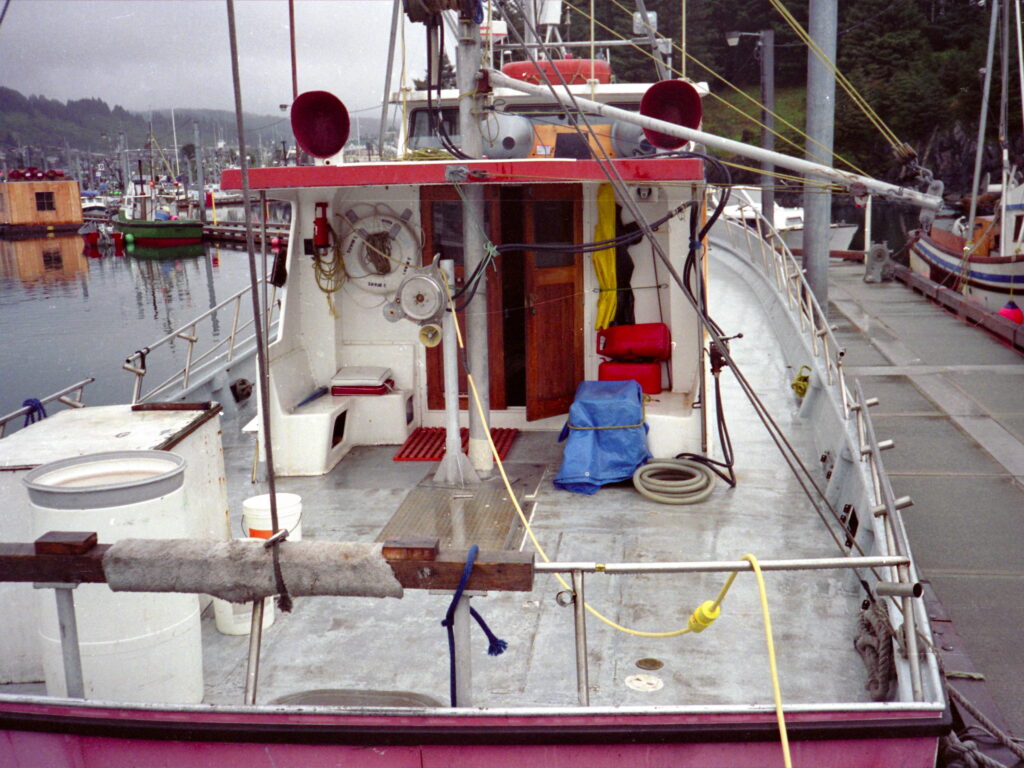
I went to work June 15, 1989 after stocking the boat with necessary equipment and supplies. 15 survival suits, another self deploying life raft and other lifesaving and fire prevention equipment were brought down by company representatives. My job with this vessel was to carry oil spill cleanup workers out to the sites where oil had been detected. I would be dropping of at Port Bailey and continuing on to Hallo Bay on the mainland this first trip. Hallo Bay was a staging area for a number of vessels and their crews. From those sites and others I was to pick up workers who needed to return to Kodiak. My only crew the first few trips was my partner the dentist’s son. He was young but a hard worker and eager to learn.
Our first load consisted of 15 passengers. Four hours out of Kodiak I dropped off a passenger at Port Bailey northwest of Kodiak. The trip so far had been in protected waters and all of the passengers were in good spirits. It was a beautiful sunny day.
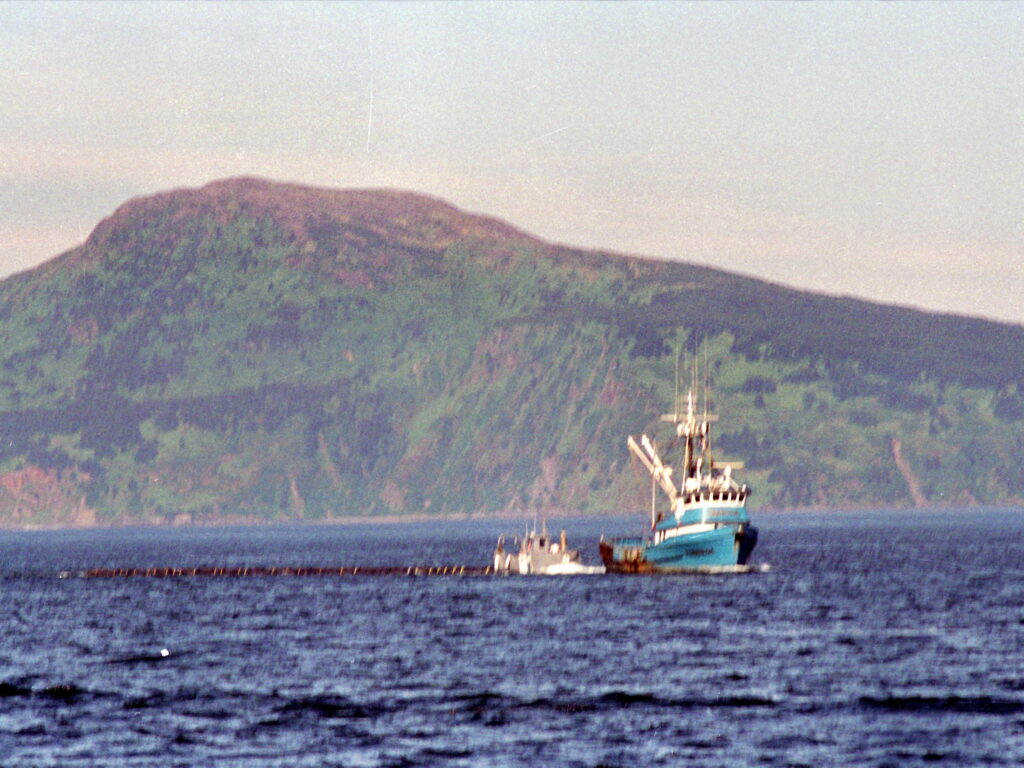
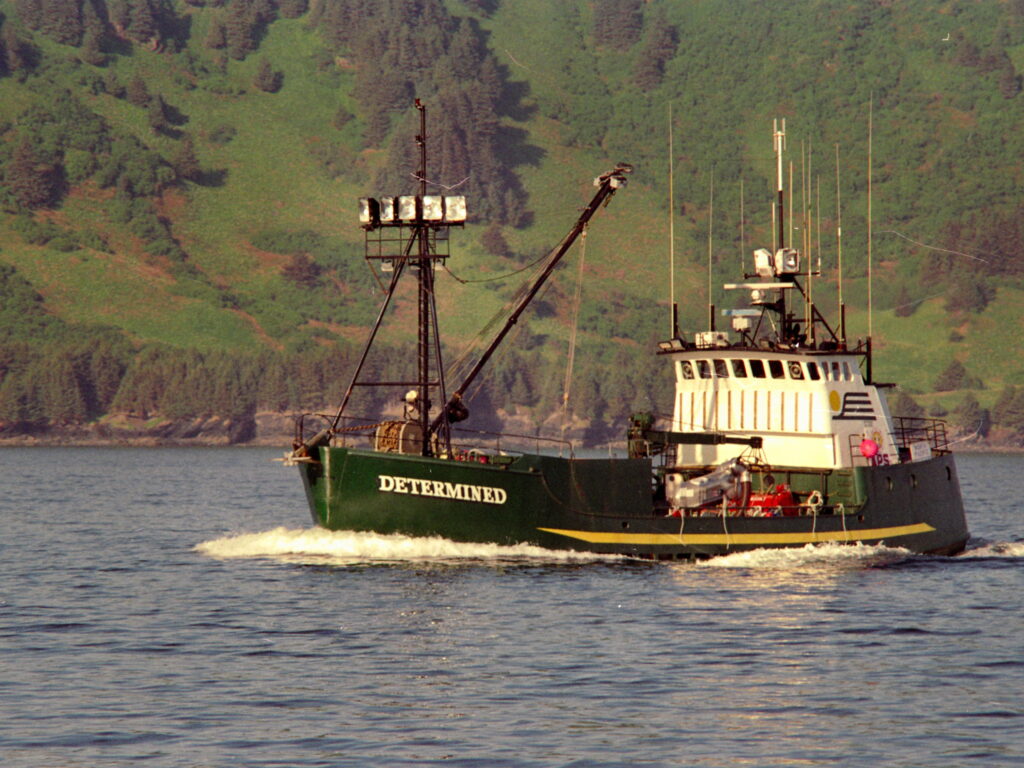




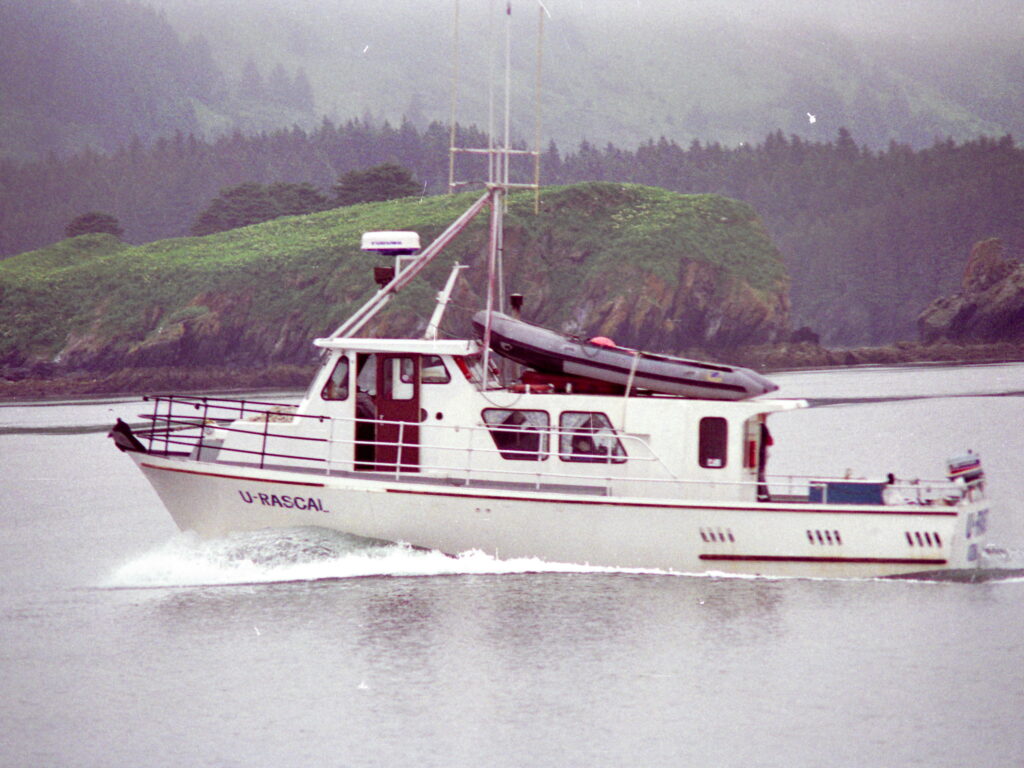
The spaghetti meal was a huge mistake. The giant pot of noodles and sauce was consumed to the last drop by my starving passengers. When we stuck our bow out of Kupreanof Strait of course it was rough. The Shelikof Strait was almost always rough. As a veteran of dozens of commercial fishing seasons I prepared my wheelhouse for the tossing and turning that was building. I instructed my crewman to secure what wasn’t already tied down. I had forgotten that these passengers may not be seaworthy. No sooner had the thought crossed my mind than the back deck began sounding like a herd of seals during mating season. Almost every passenger was spewing spaghetti where ever it was convenient. Having experienced seasickness early in my fishing career I empathized with my charges. I slowed down, had my deckhand kick on a deck hose and let time heal the sick. After a half hour or so our single head and courtesy shower were enough to handle the remaining seal callers.

We did not get into Hallo Bay until midnight. We had 16 persons aboard and all were not in the best of humor. It was freezing cold because the wind was coming down from the mainland. There were fewer bunks than people on board and most could not sleep because of the roll of the boat. I had passengers for the Yukon Queen, Starfish, Great Pacific and others here in Hallo Bay. Unfortunately no arrangements had been made for transport from my vessel to the other vessels in the event it was too rough to tie up side by side. It was dark, rough and no one wanted to help with the transport. I knew some of the boats were seasoned commercial fishermen and I knew just how to get their attention and assistance. “Some of these gorgeous young ladies I have on board are eager to get to where they are going.” I said over the VHF radio to no one in particular. Behind me the only two females in the group pleaded just loud enough to be heard over the radio. Two skiffs were motoring my way within minutes. We offloaded our 14 remaining passengers and loaded 8 for transport to Kodiak. After anchoring for a much needed nap, we departed Hallo Bay. We dropped two passengers off at Ouzinki on the return trip and got back to Kodiak at 5 p.m. to discharge the remaining six. I was exhausted, as was my poor spaghetti cleaning crewman.
For the next three months my job was the same. Pick up clean up workers in town and take them out to cleanup sites. From there I picked up more and brought them back. I found out one of the reasons that there were so many passengers was the drug testing program. Drug tests were being administered before the workers departed for the sites. The results were not ready for a week or two so if the worker failed the drug test they were out on site and needed to return to town. I heard that the fail rate was as much as 75% but when retested two weeks later the rate was much better. The solution was to administer drug tests after the first rotation of a worker. It was a fun crowd I hauled around that summer of 1989.
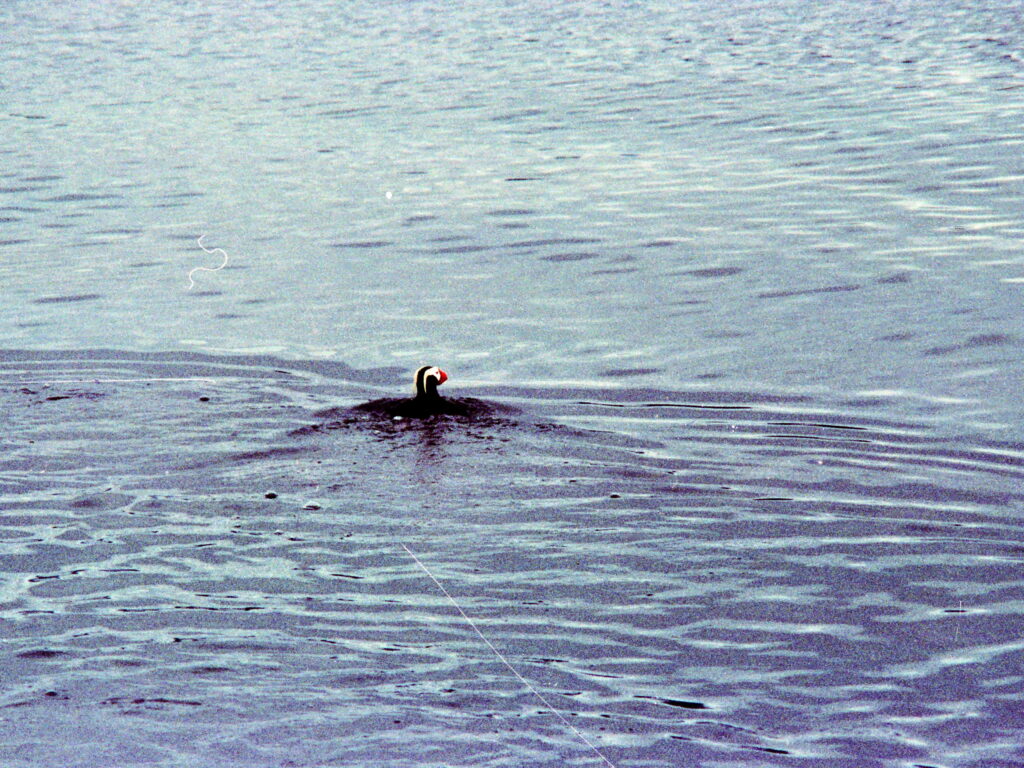
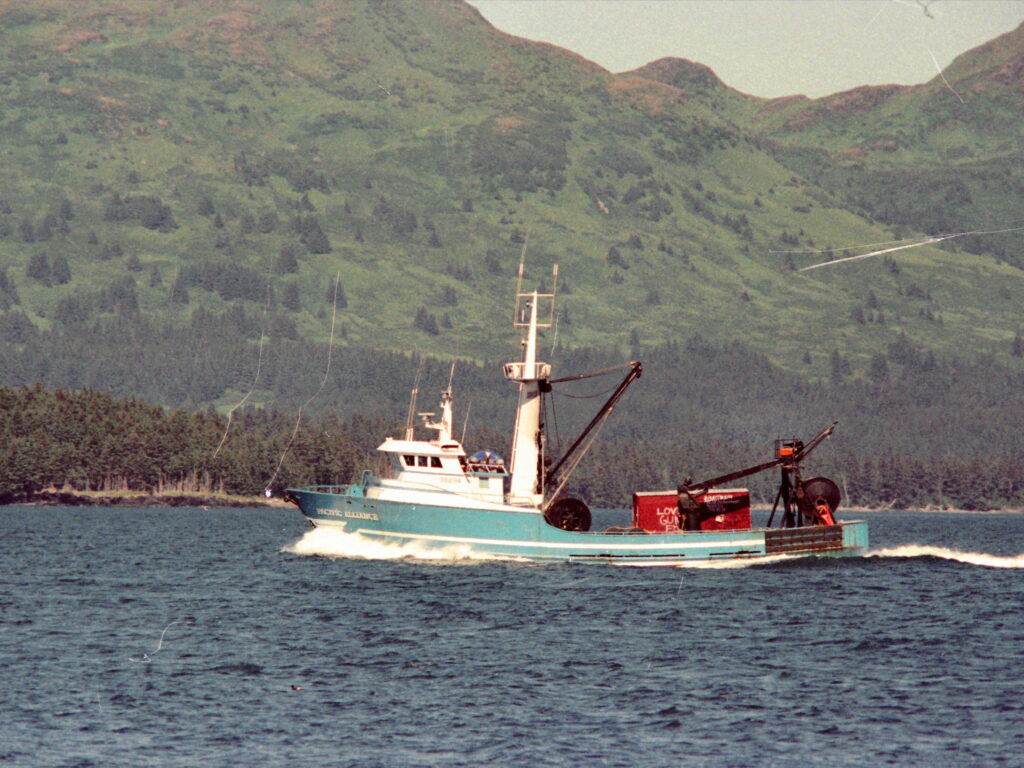
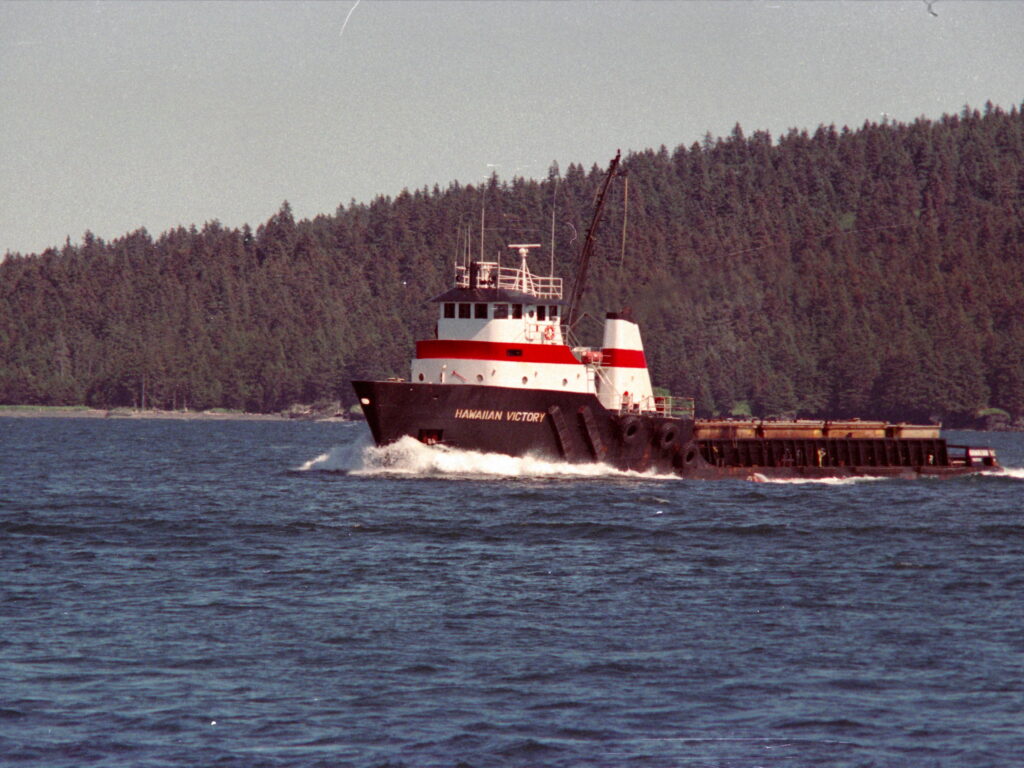



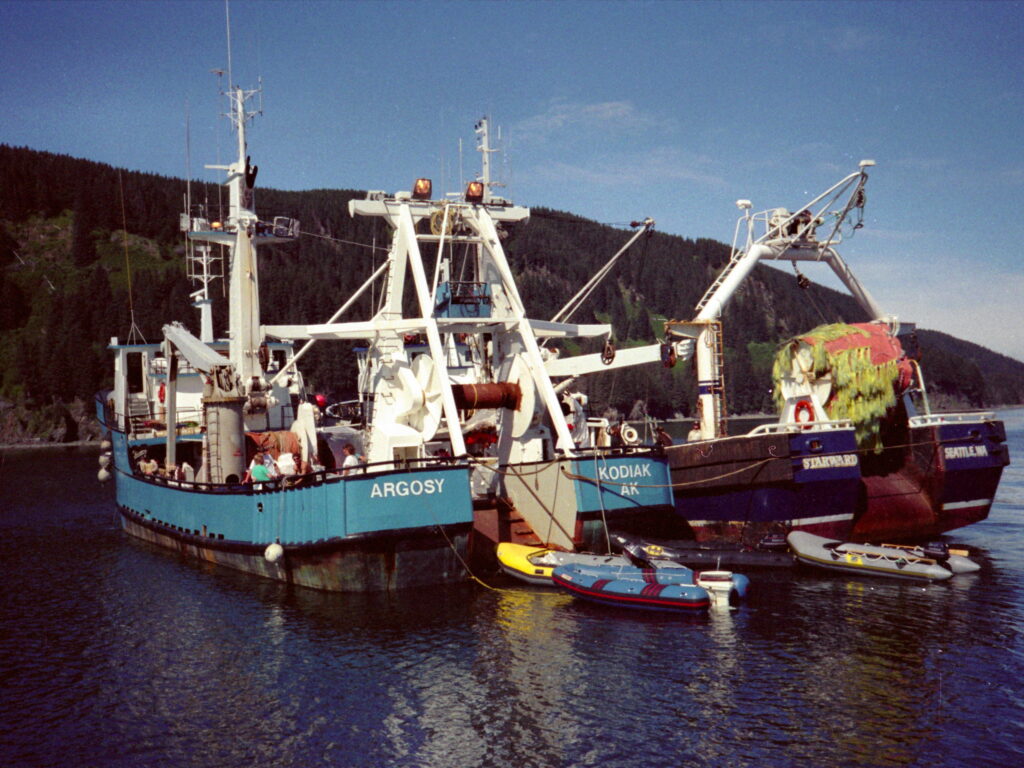

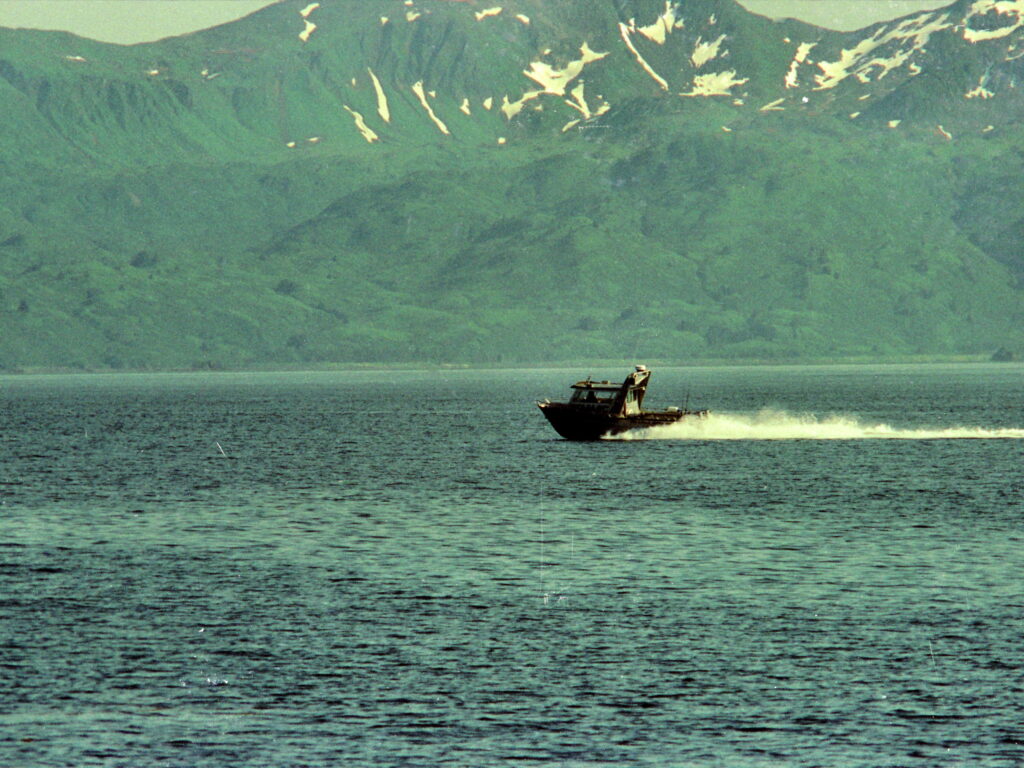
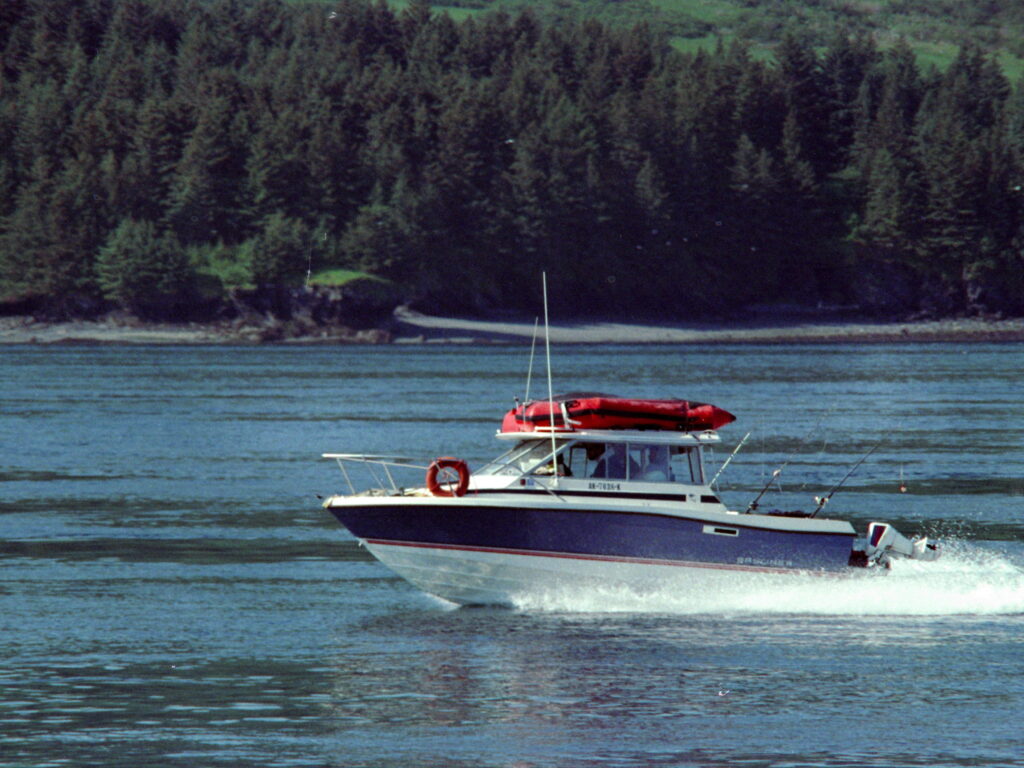


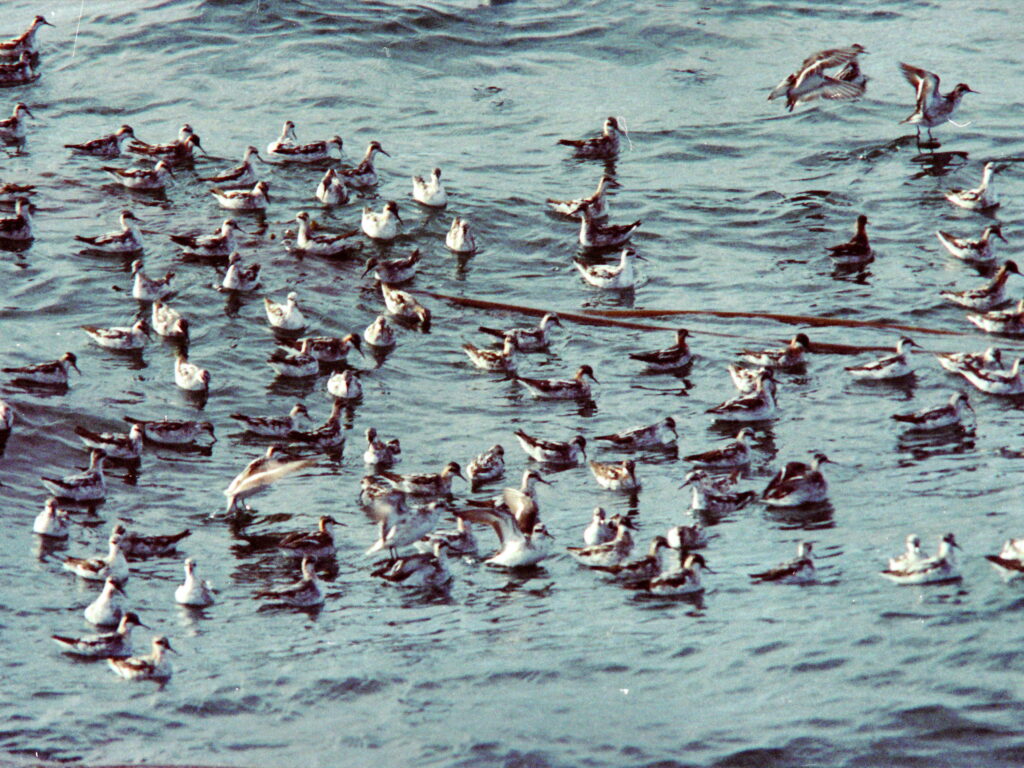
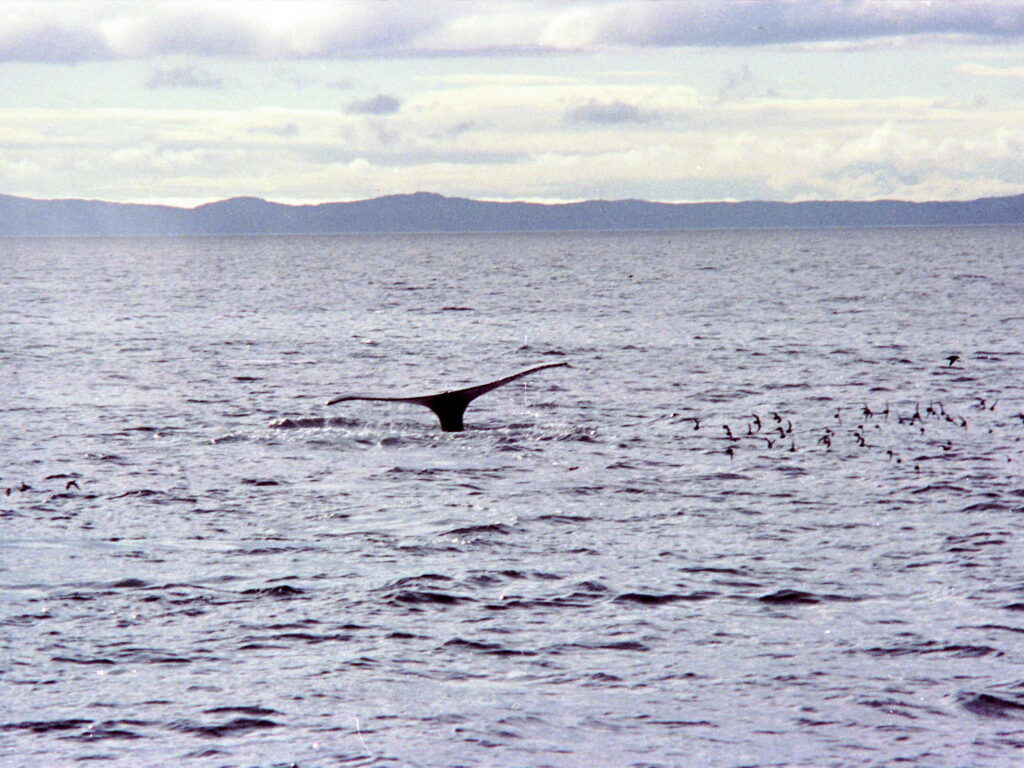

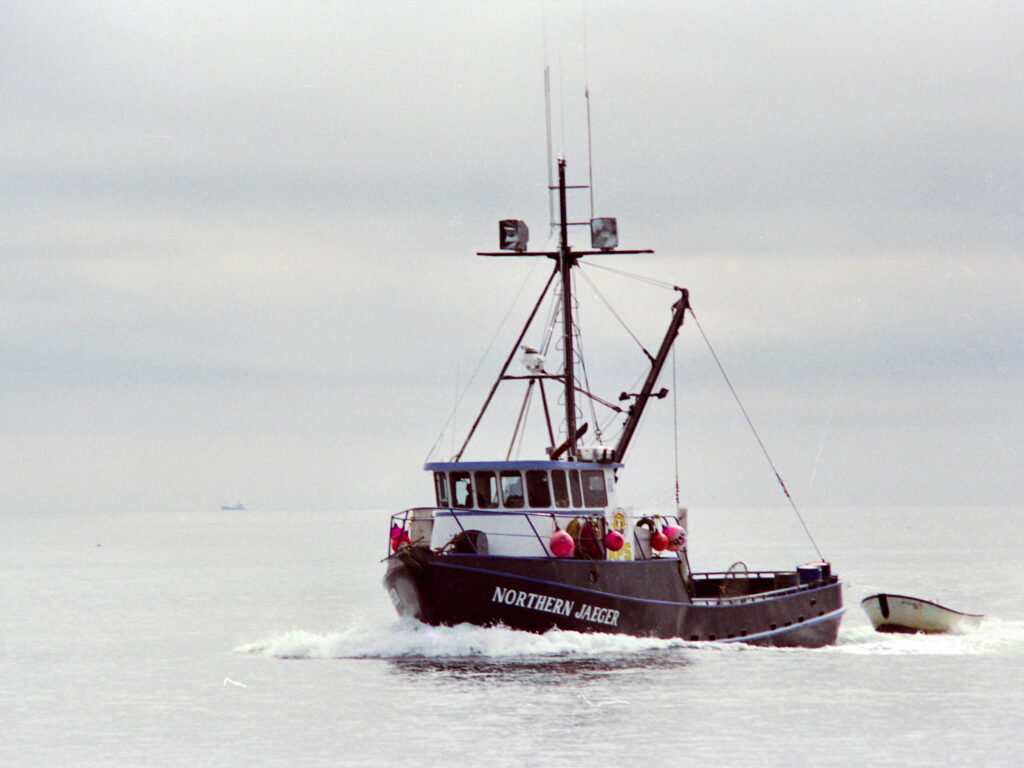

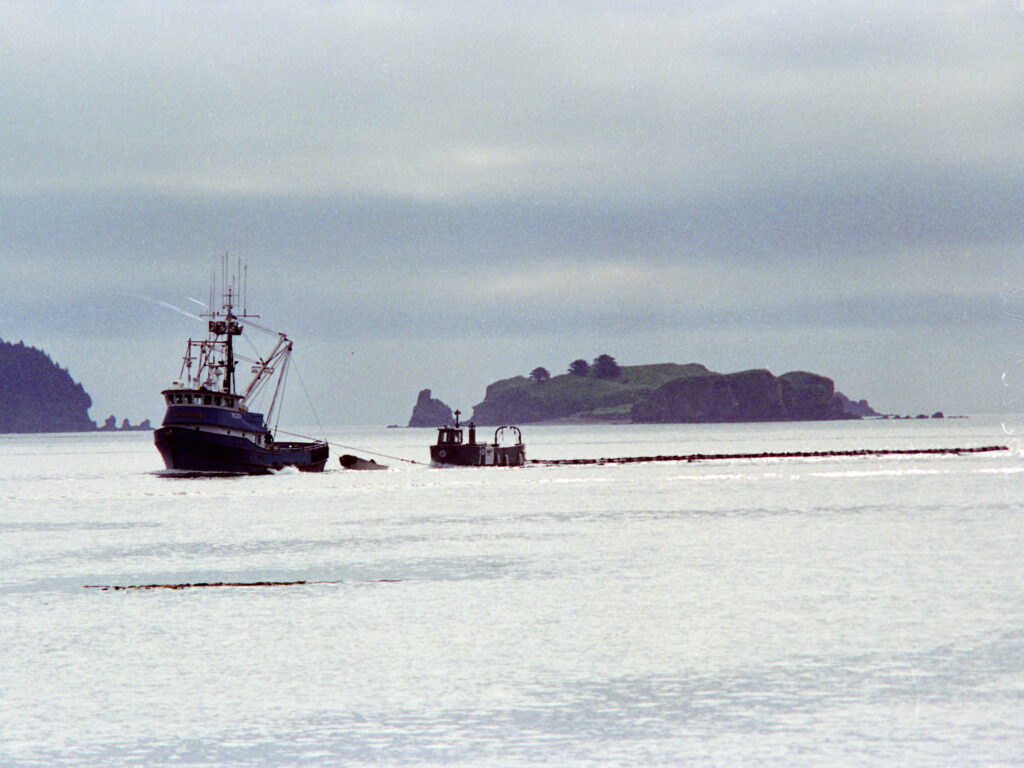
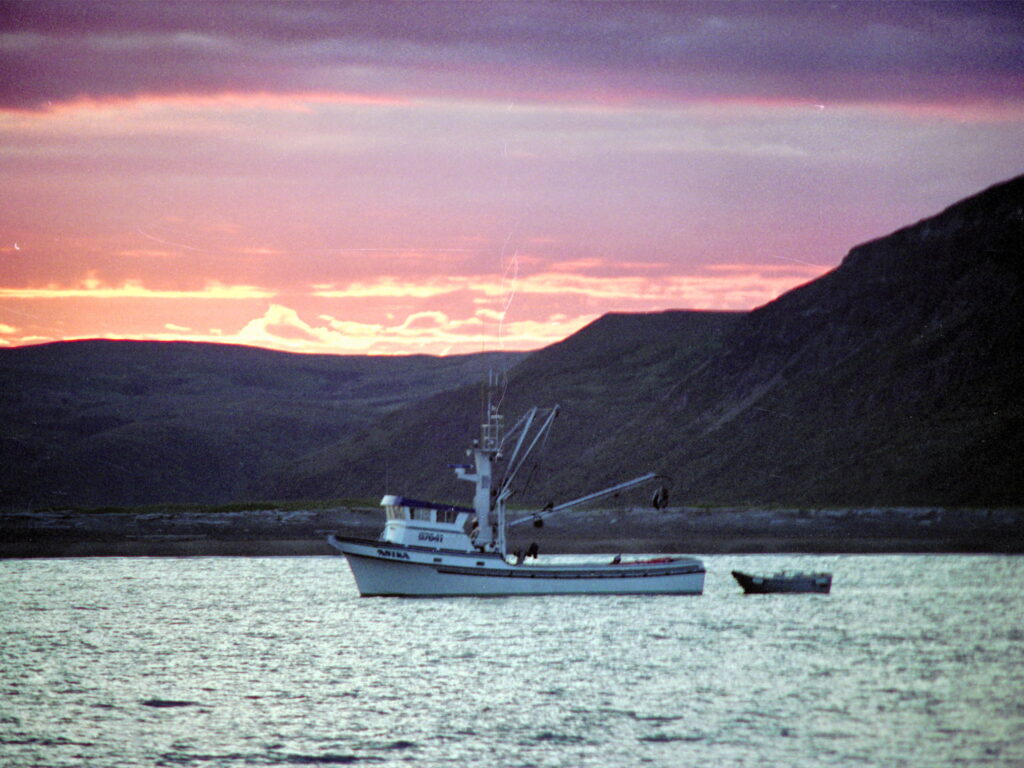
My last week was hectic but I was ready for a break. I had been going for almost three months without a break. I had brought aboard a second skipper so that I could sleep while we were traveling, but the pace was one similar to fishing. In the end I was ready for a break. Between September 1 and September 6, 1989 I shuttled around 106 passengers. In the middle of it all there was an earthquake 70 miles north of Chignik that caused the evacuation of Kodiak. No tsunami showed up but the entire fleet headed out to deep water anyway. It was a crazy end to an even crazier year. I was told when I turned in all my company owned equipment that there would be work likely come spring. I was used to fishing seasons ending and taking time off. It turned out I was off charter from September 7, 1989 until April of 1990.
More story and photos to follow shortly. The 30th Anniversary of the Exxon Valdez Disaster is coming up March 24th. If you are a media outlet and need photographs or an interview for an Exxon Valdez story please contact me at [email protected] and I will respond immediately. I do not charge for the use of my photographs or interviews but do request that you purchase a copy of my “Alaska Shipwrecks 1750-2015” book and donate it to your local library.
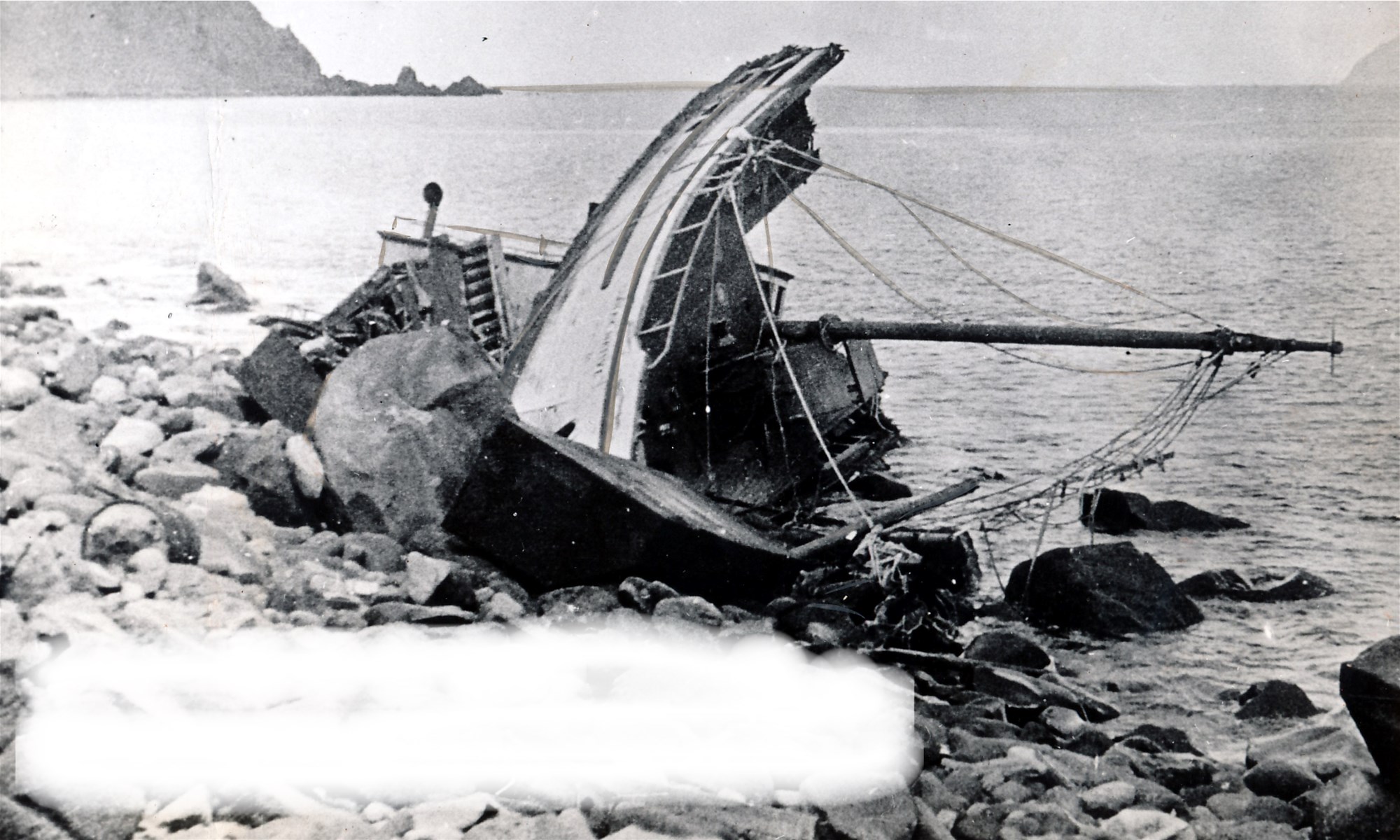
Hello Warren,
Thirty years! I arrived in Prince William Sound that spring about 3 weeks after the ship hit the reef. We brought a landing craft up from Southeast to work the beaches. Smith Island was the first location for us, and then I was there until mid-September. I returned with the boat the next season for super sack beach debris removal. About 230 days over the two seasons. It was obvious that nature was going to have to take care of most of the oil. No matter how much hardware and labor we could throw at it, there was always more to get. I still have a large jar of genuine Exxon crude in my shop here at home. It still smells just as good as it ever did……. Quite a thing to witness and quite an adventure.
It sure was. I may have a picture of the landing craft you were on. There were many WWII vessels brought into Prince William Sound to work. I have pictures of at least a half dozen landing craft.
Great stuff, Warren! Makes me miss Alaska and all the adventures that went with it. Last time I fished was with Butch Gagne as his skiff man on the F/V Ocean Bay and then the F/V Anthem. Had two really good years with him. He’s a good man.
Take care!